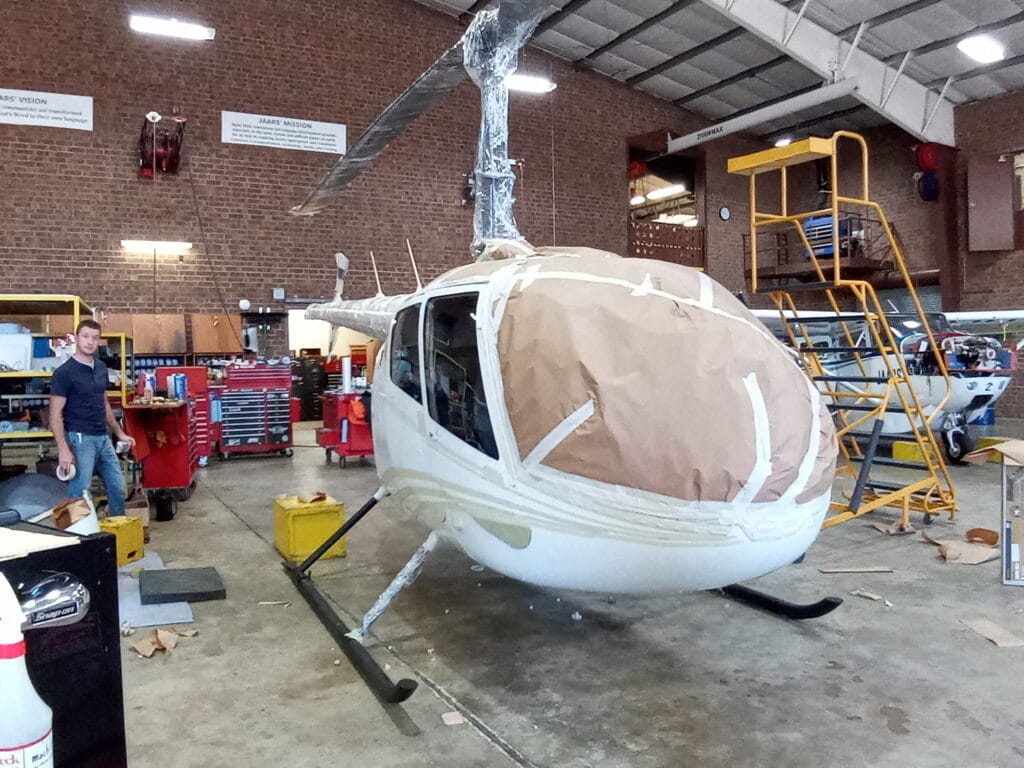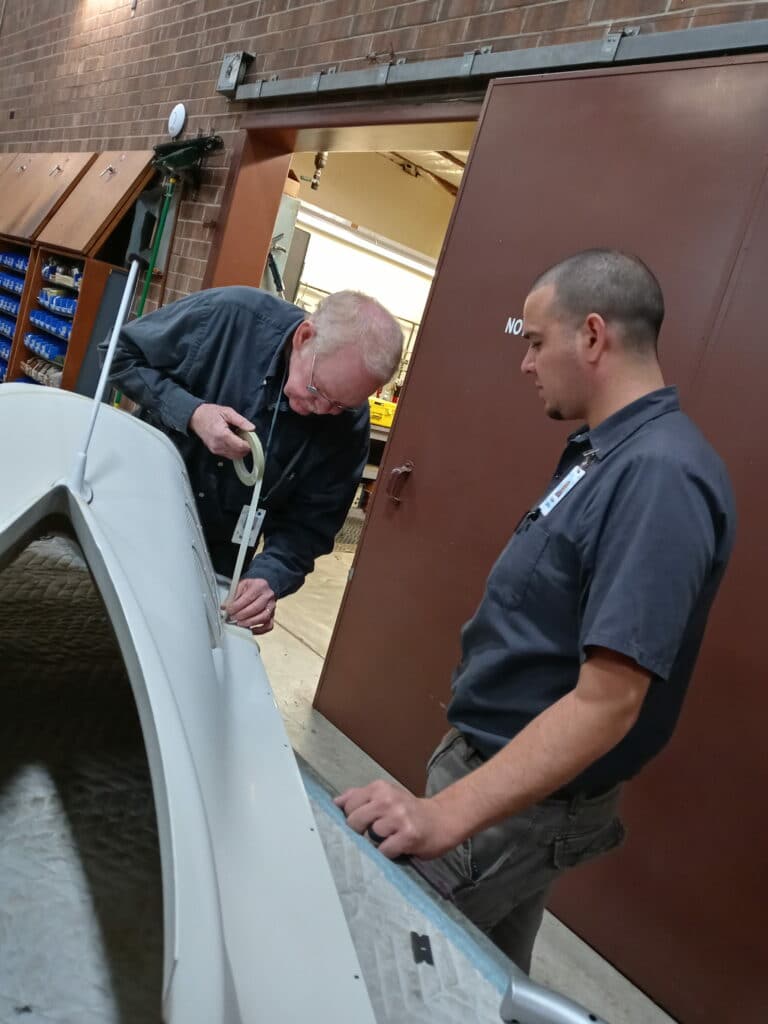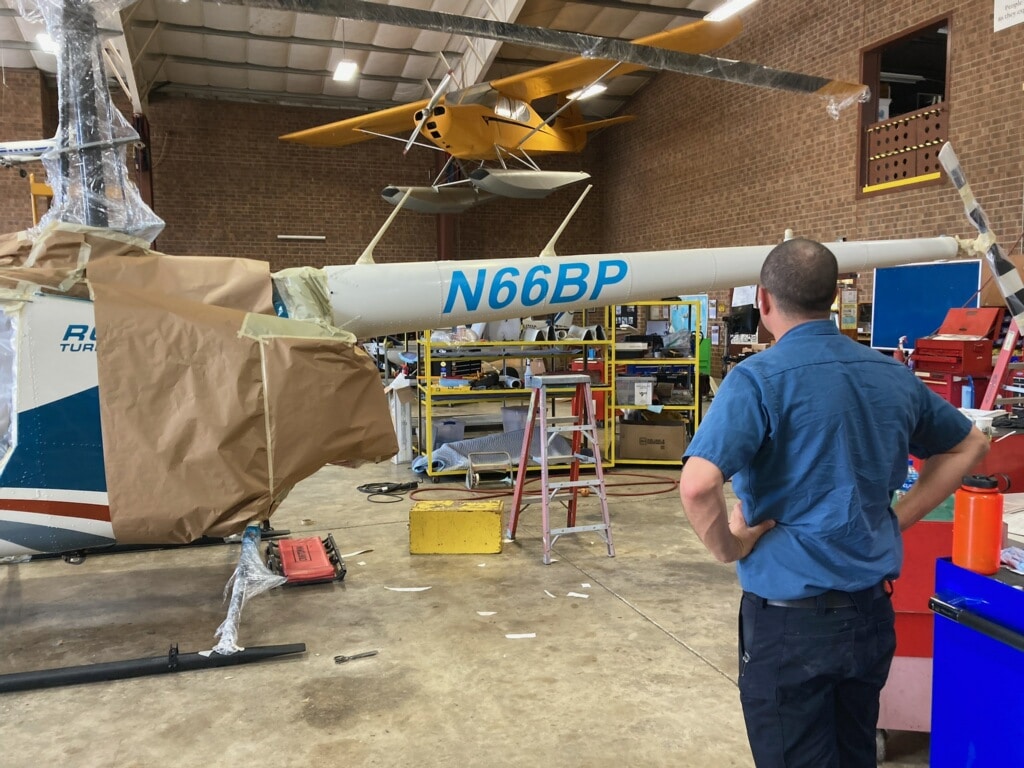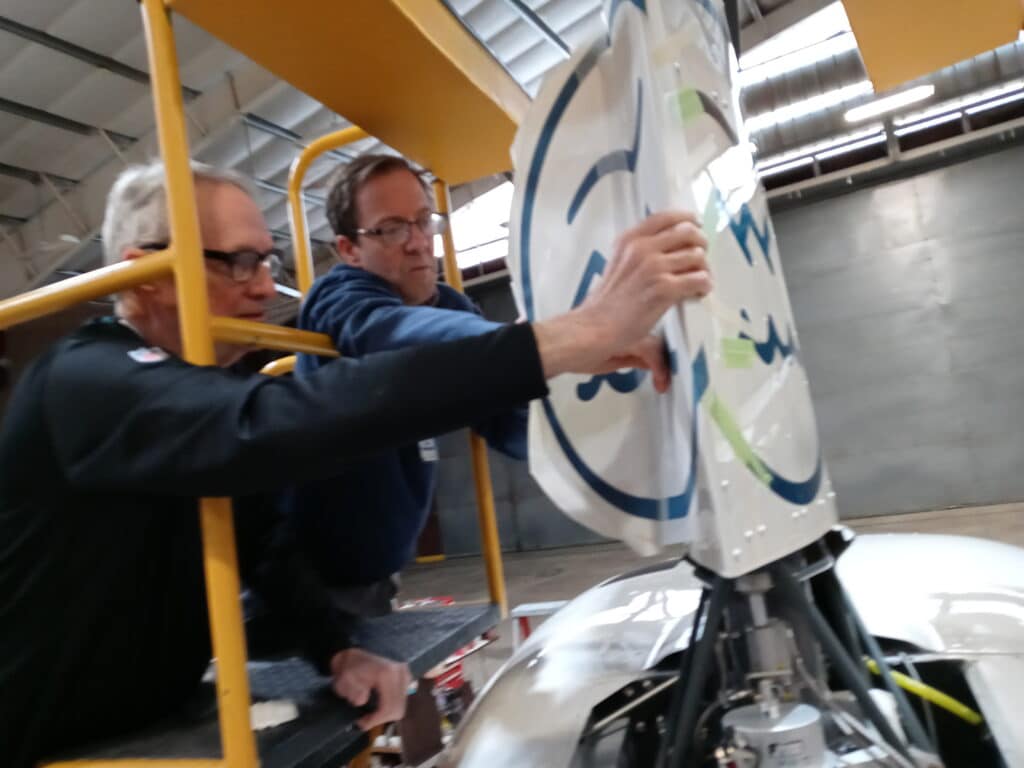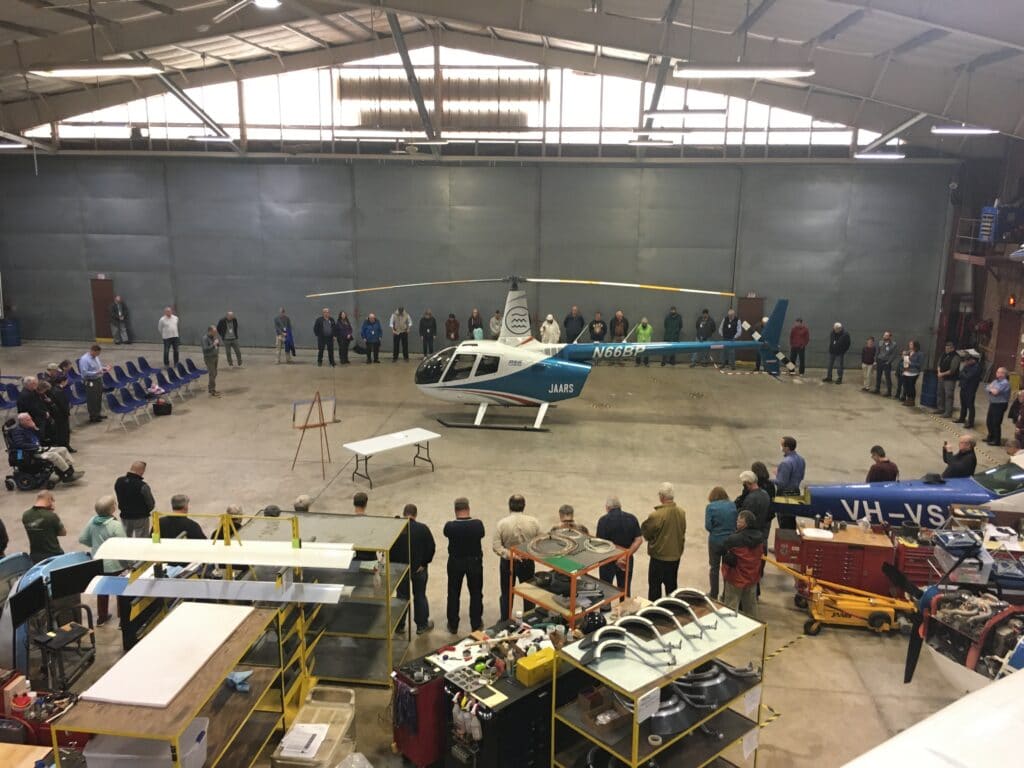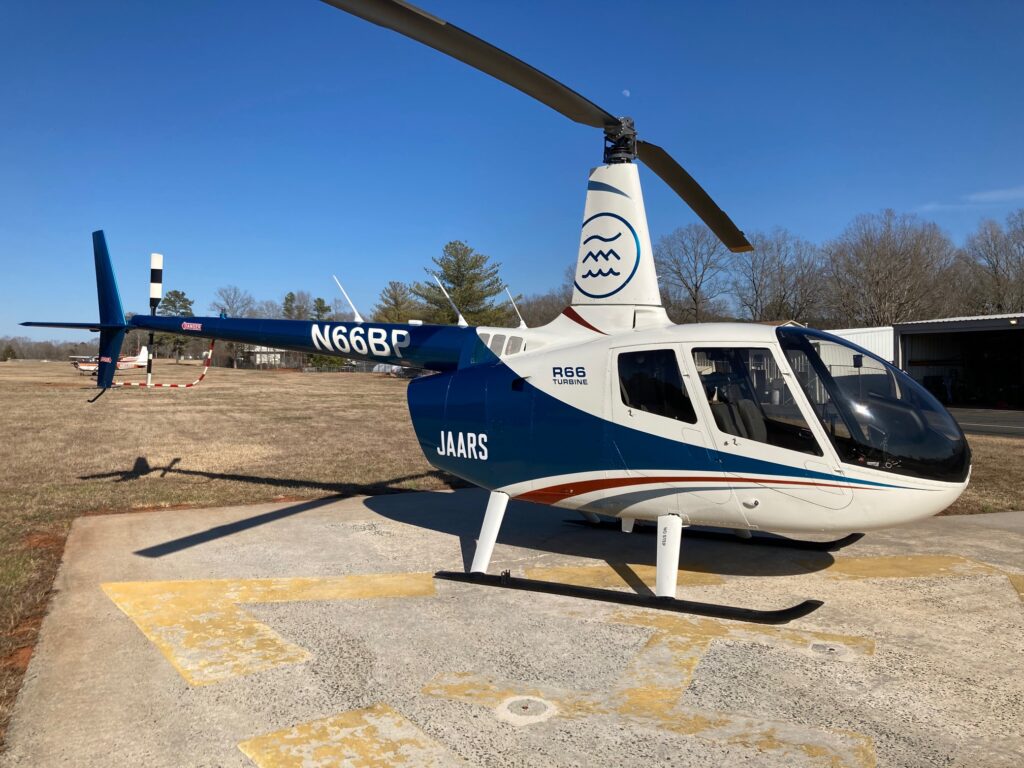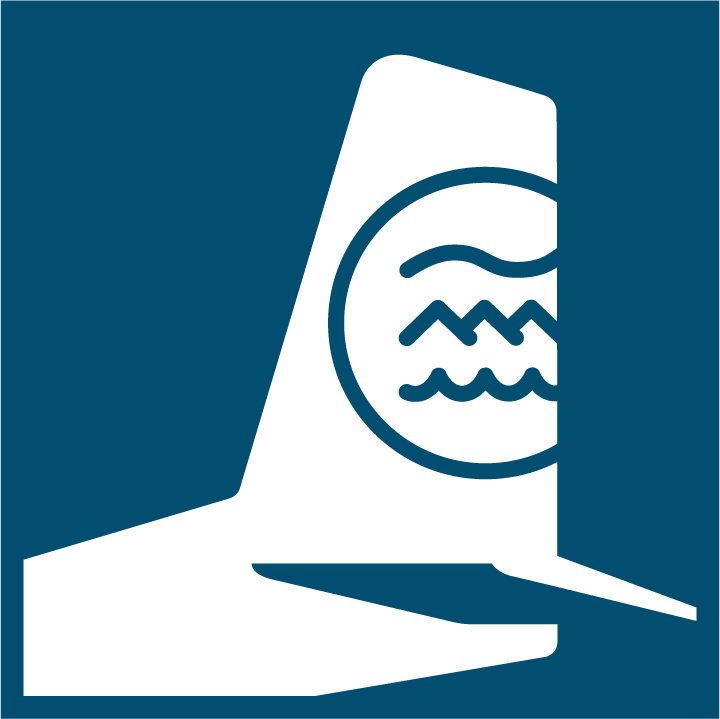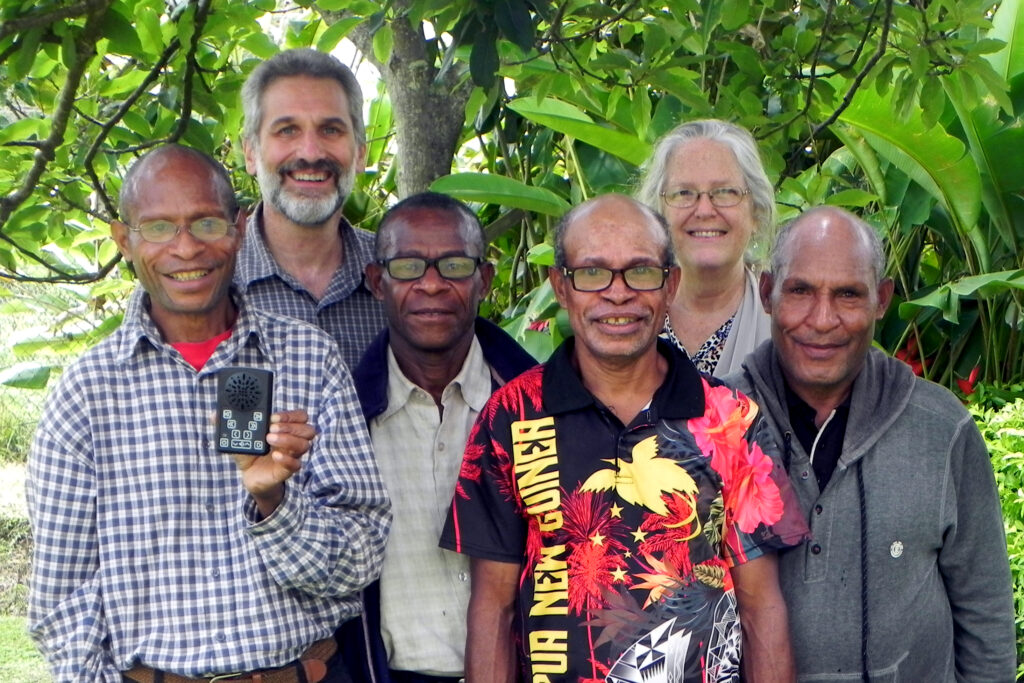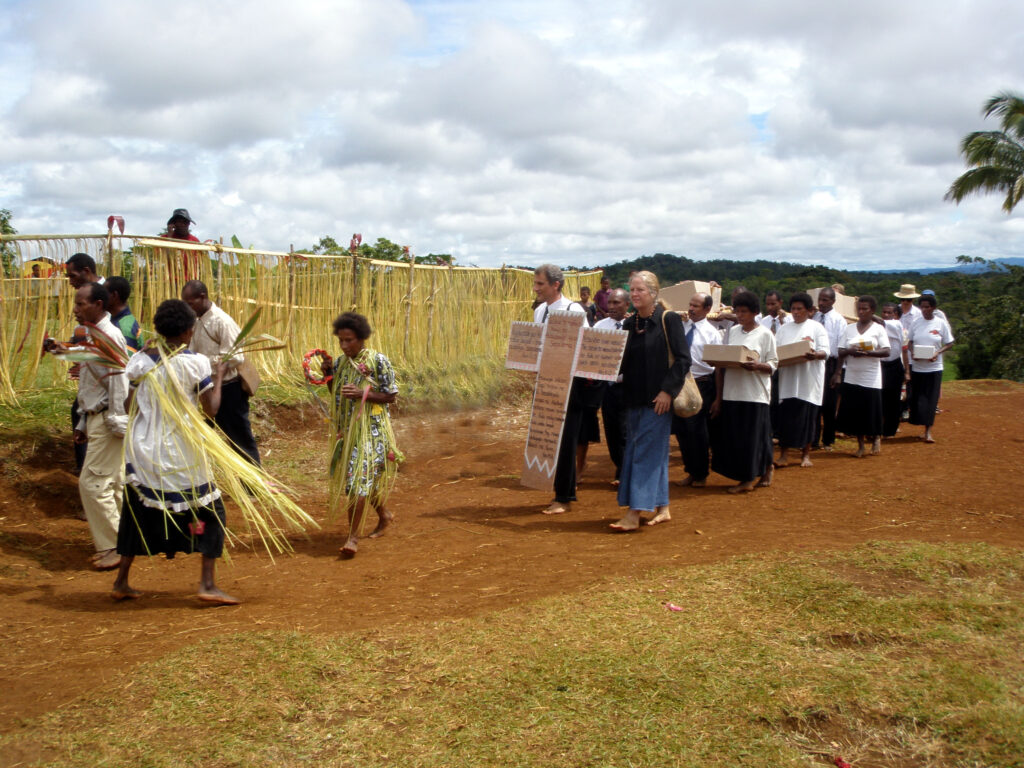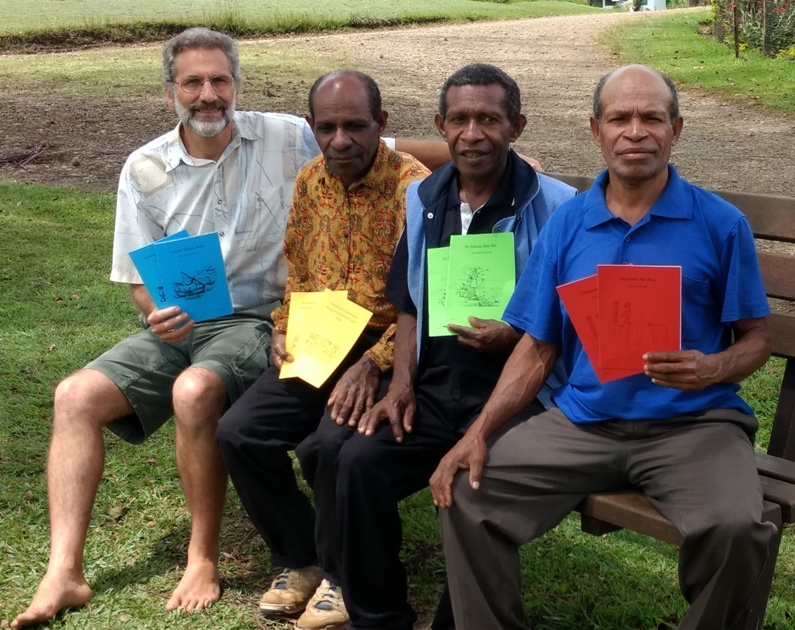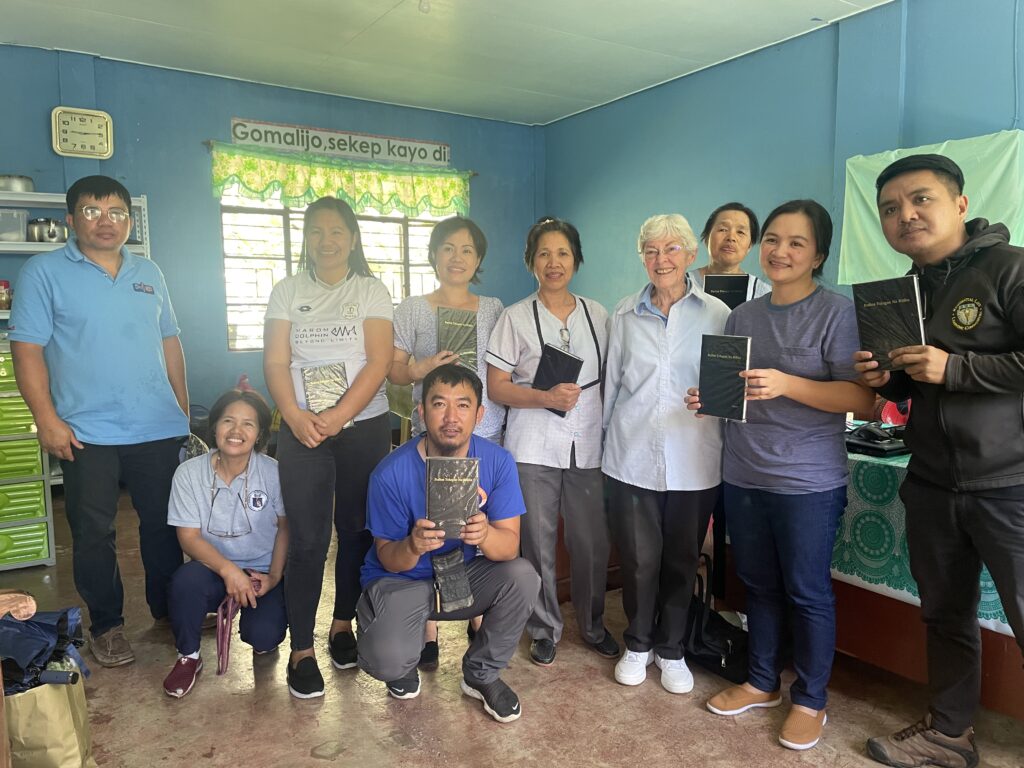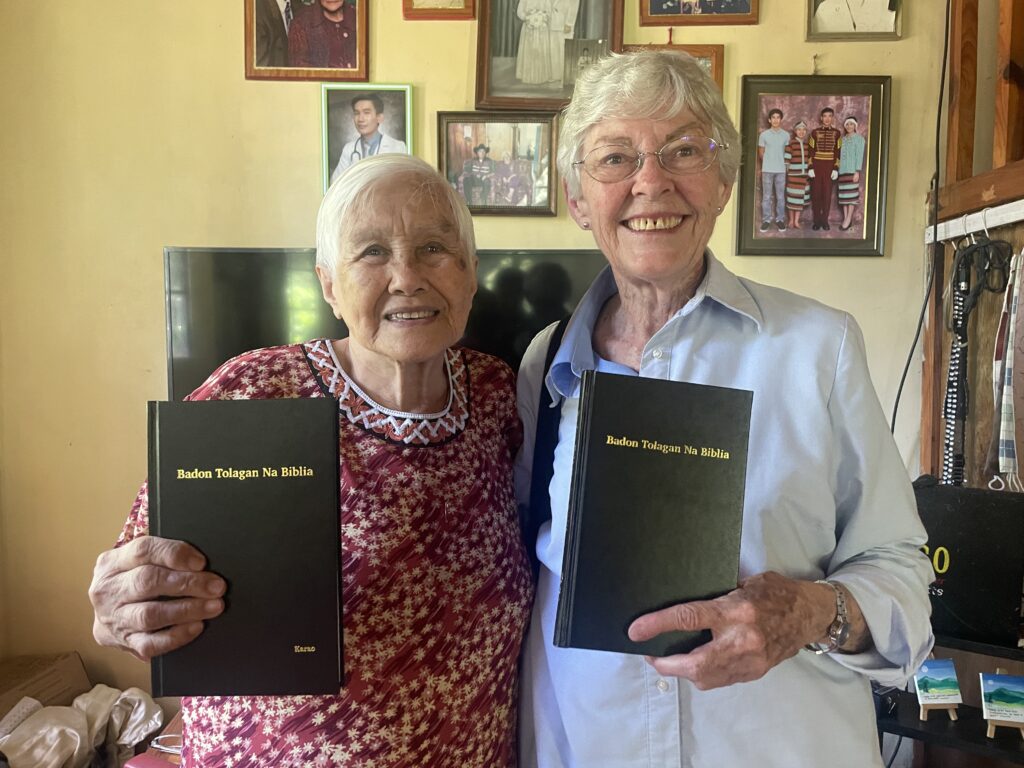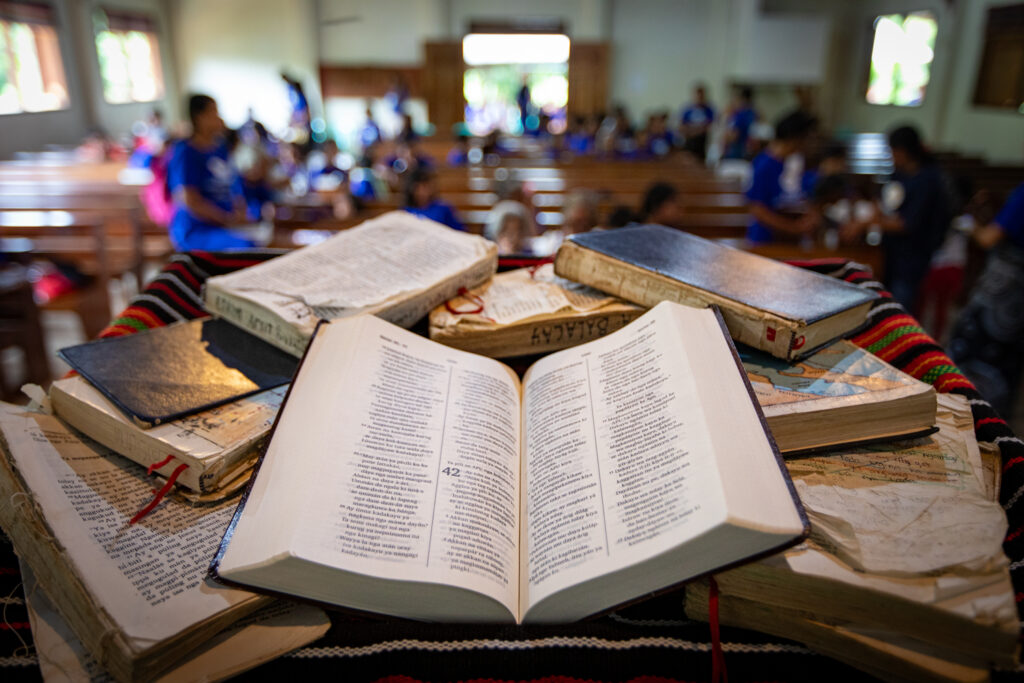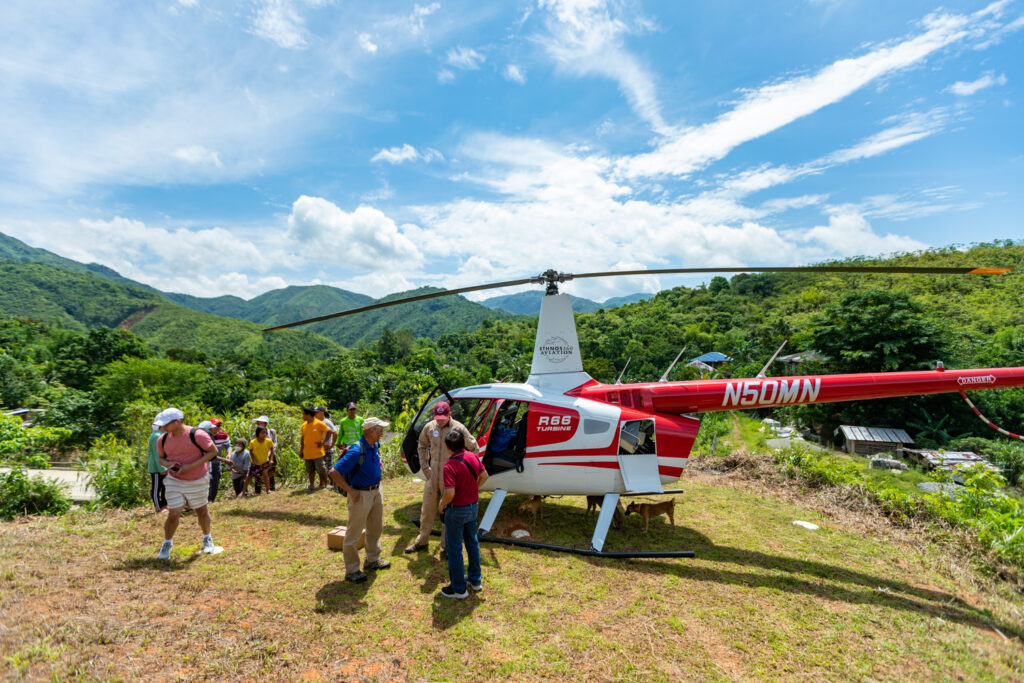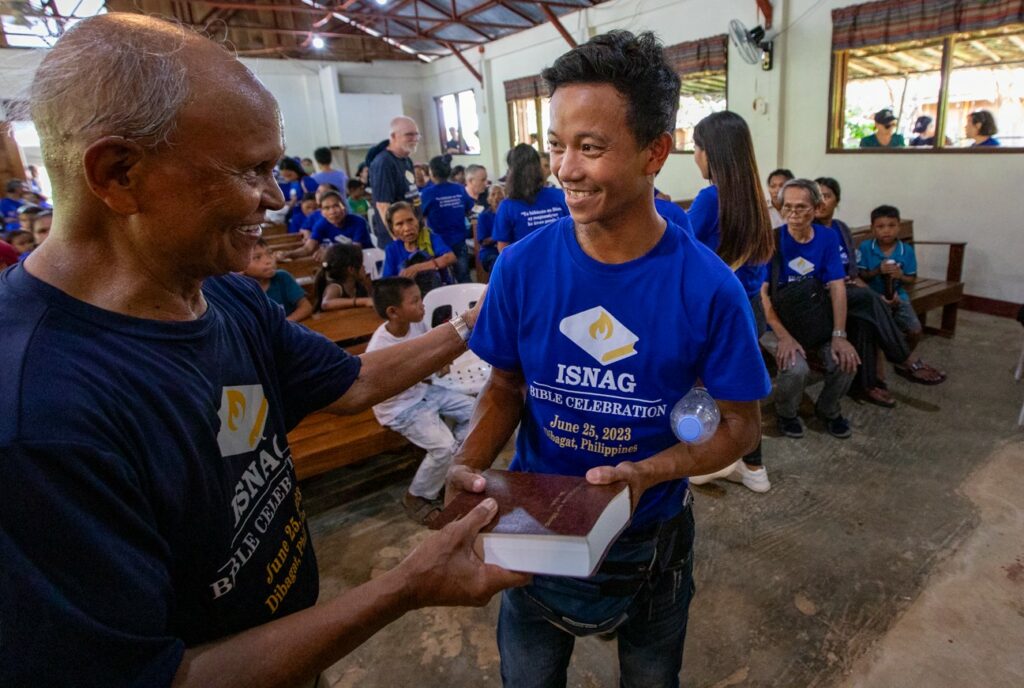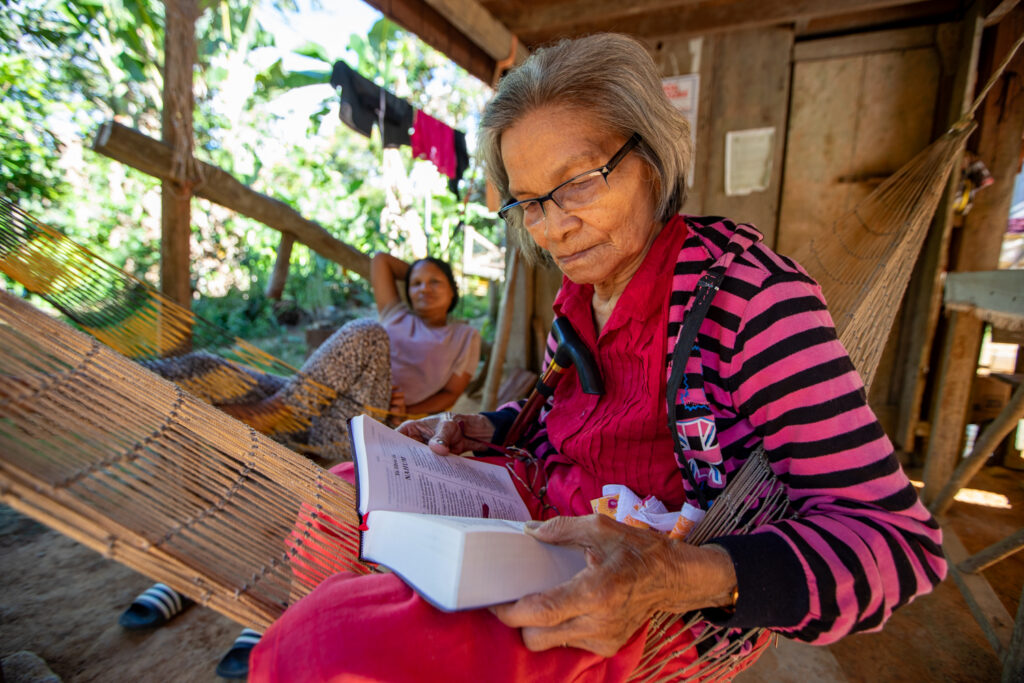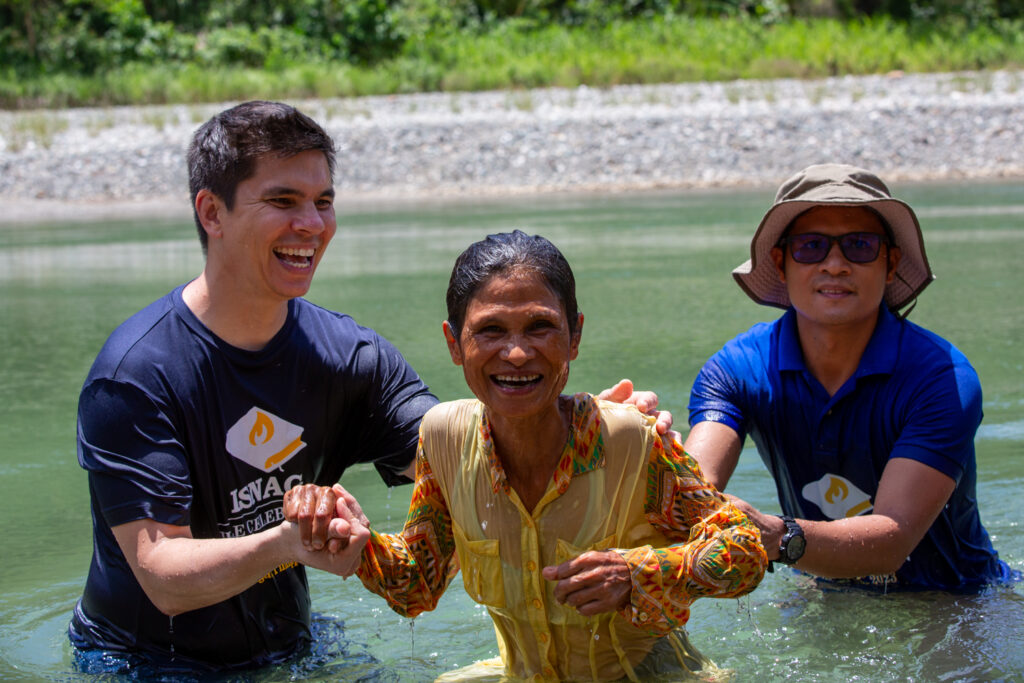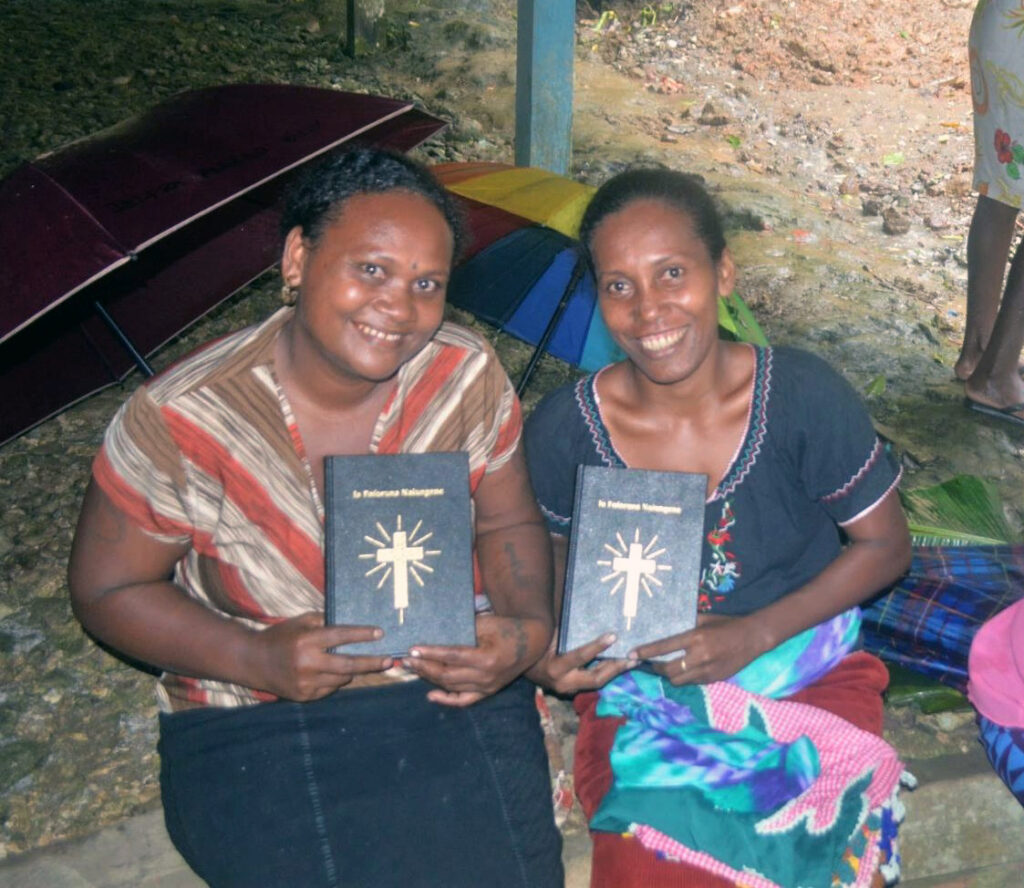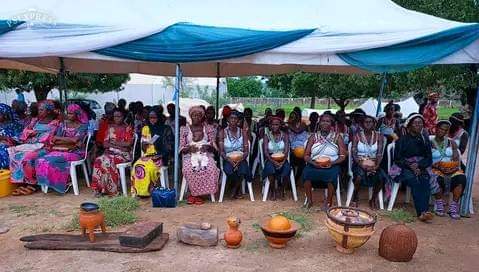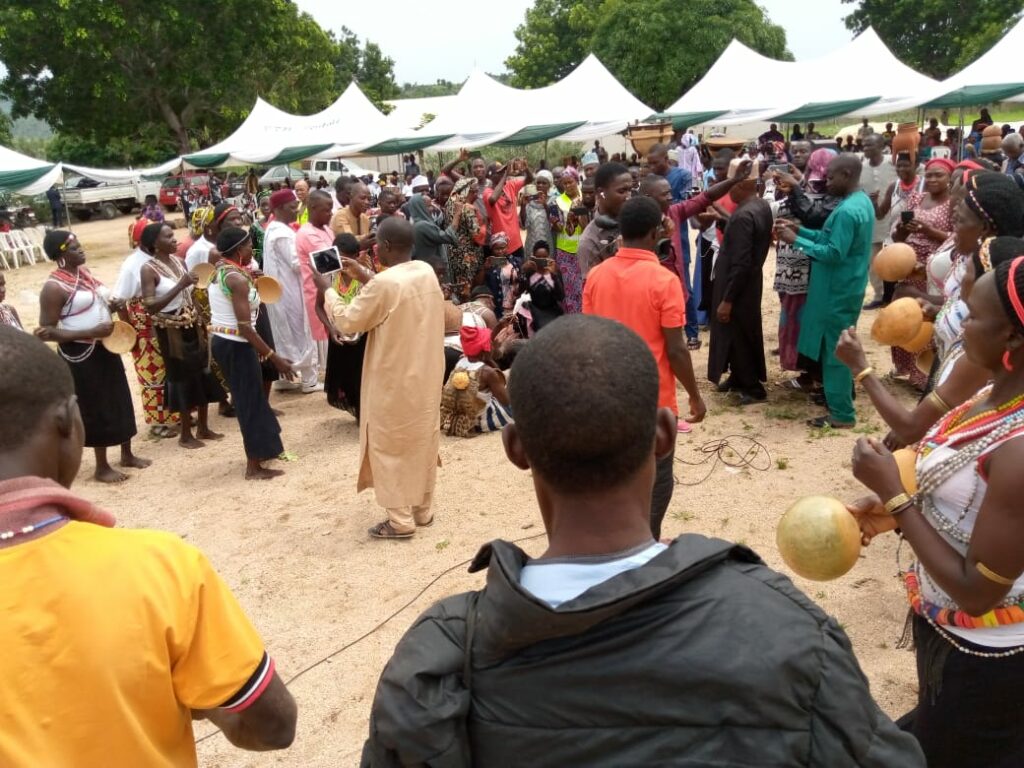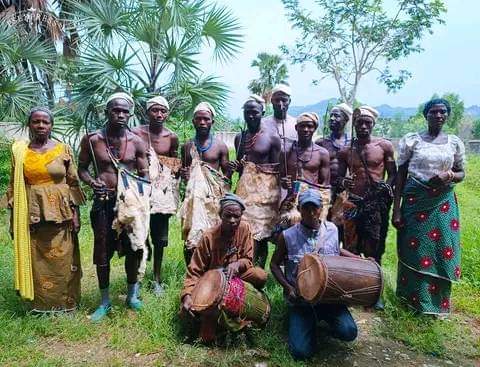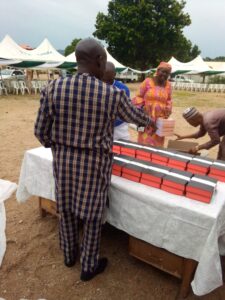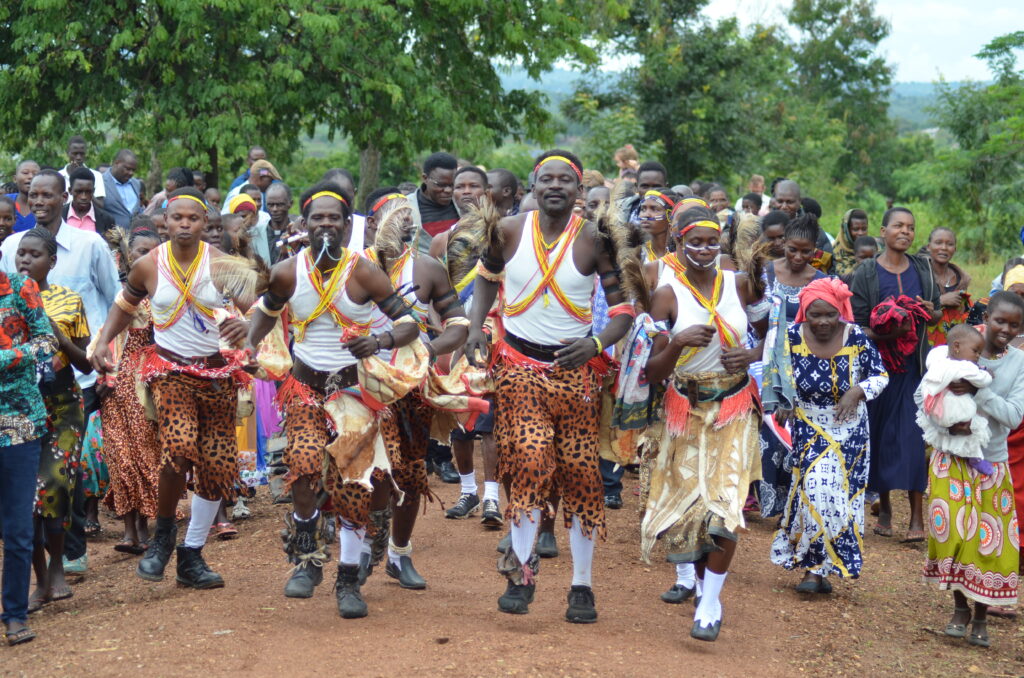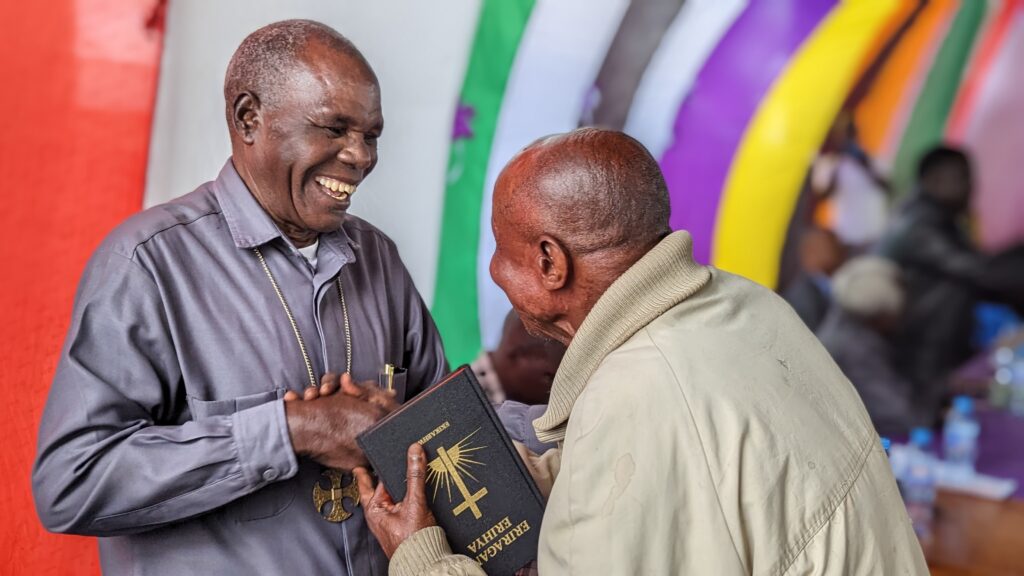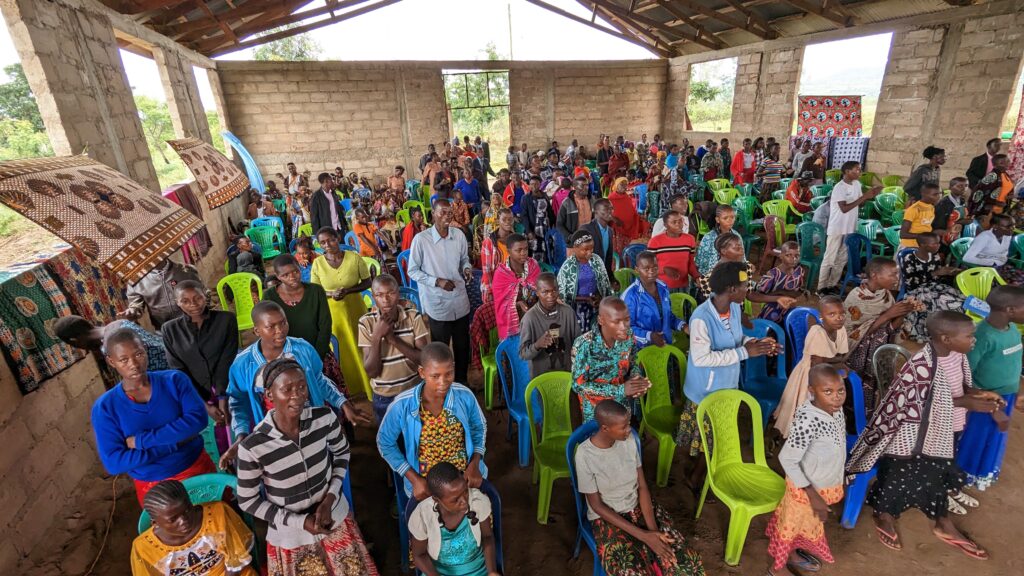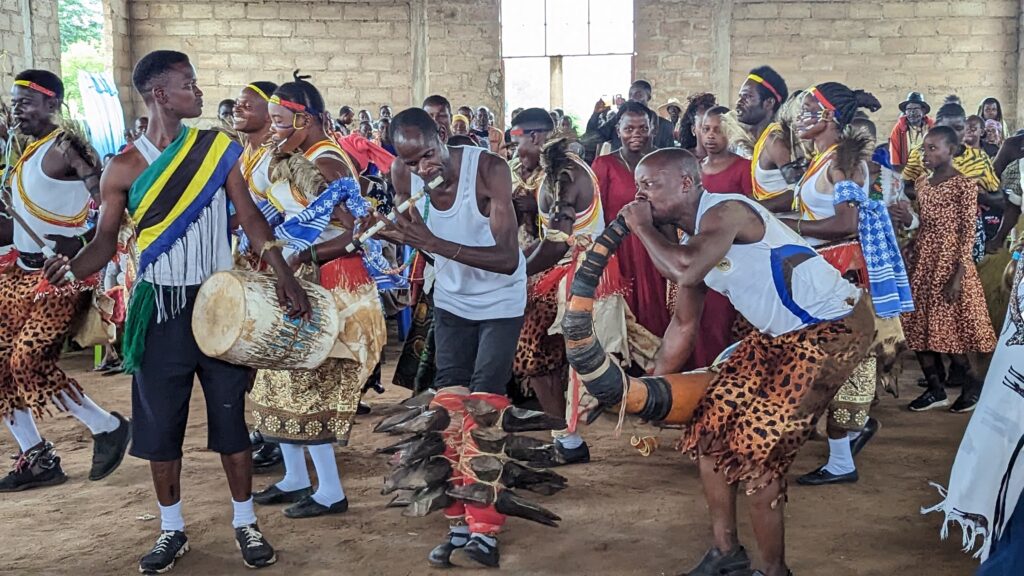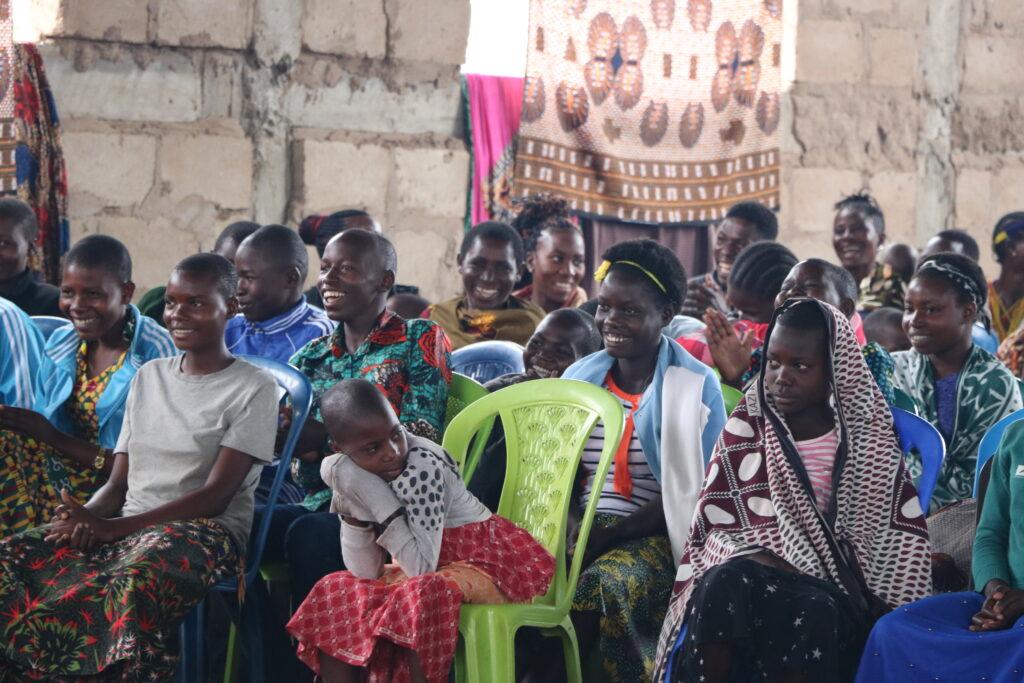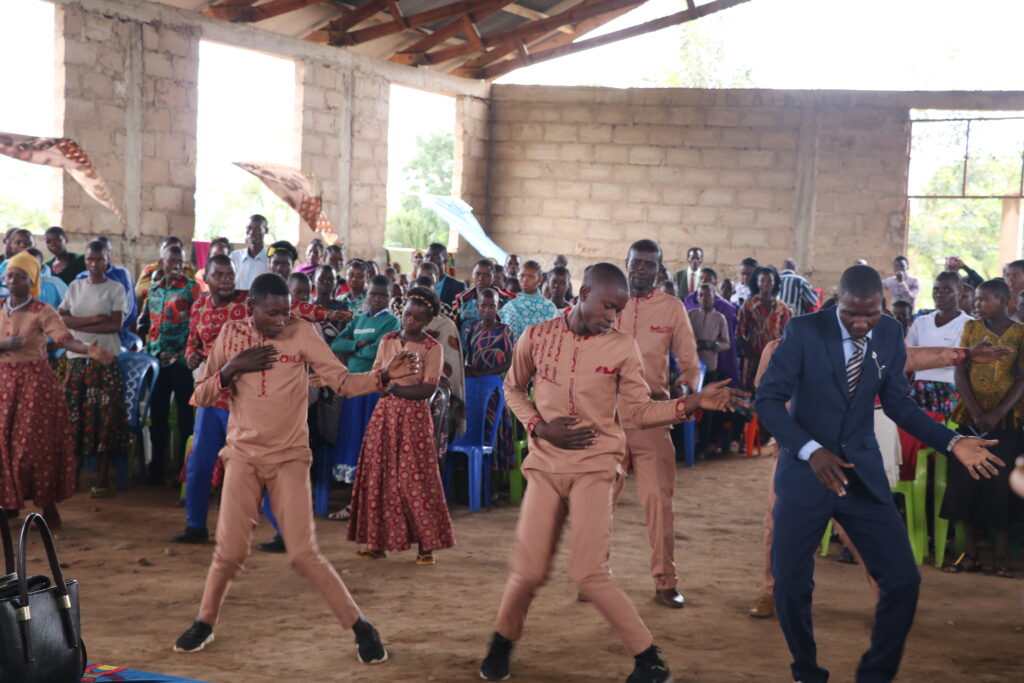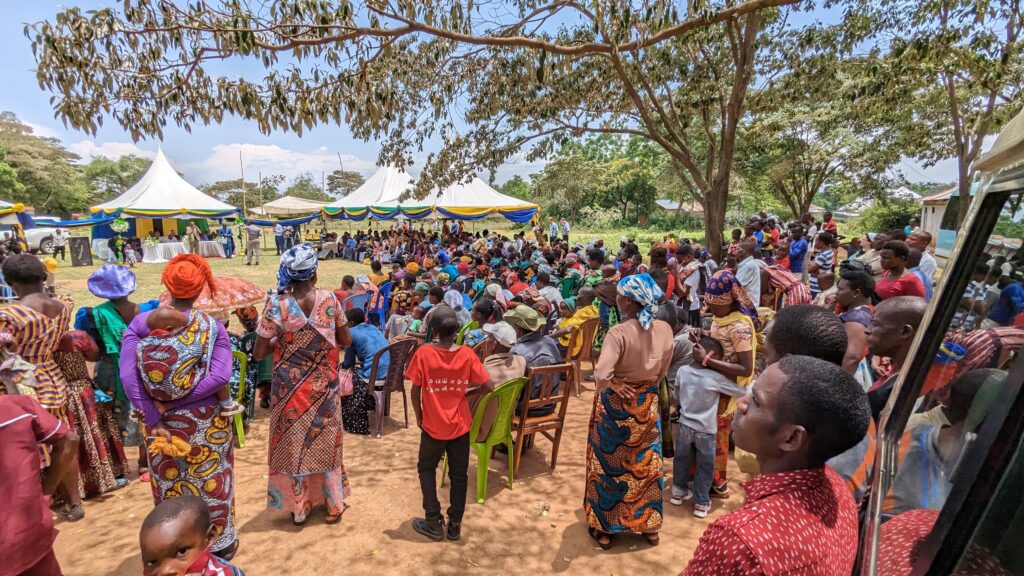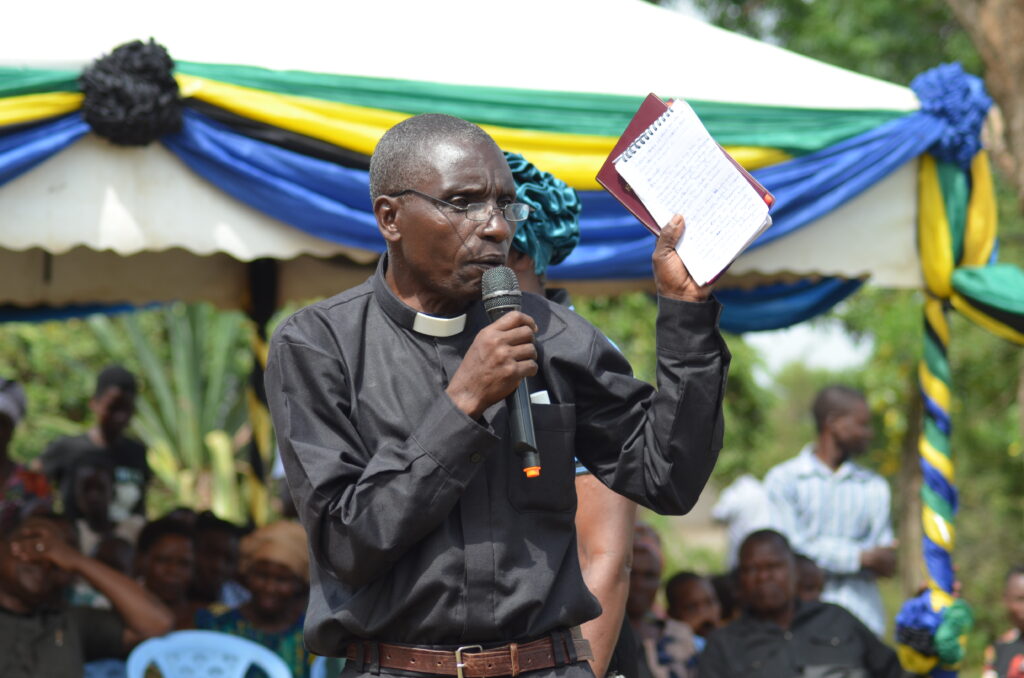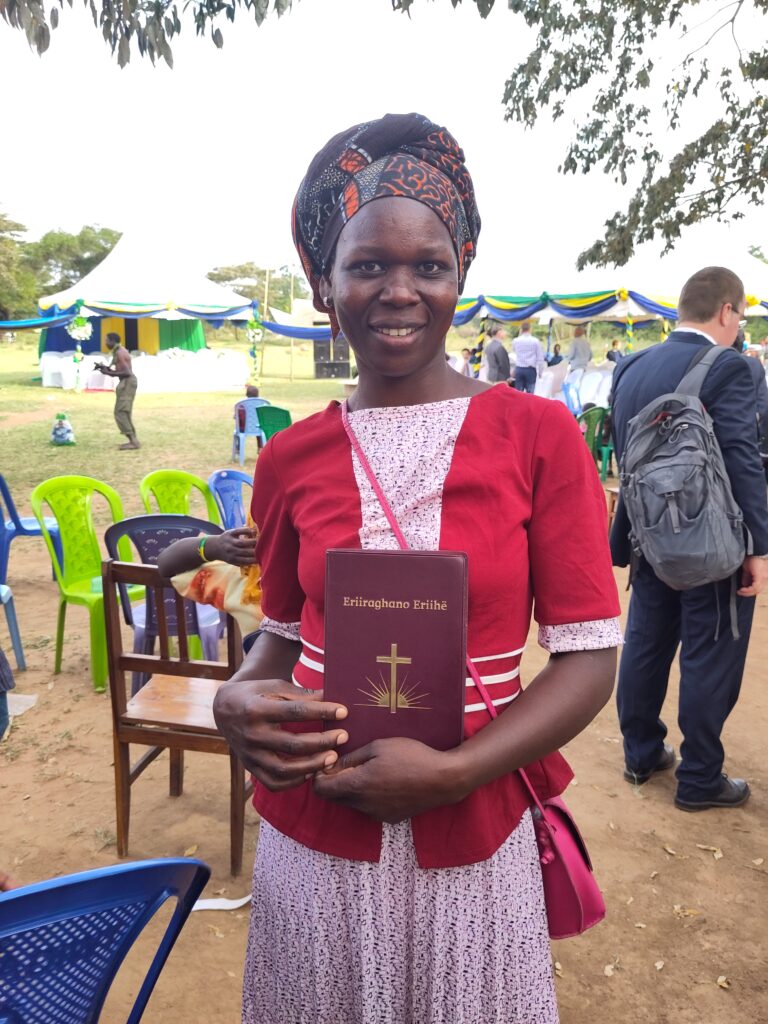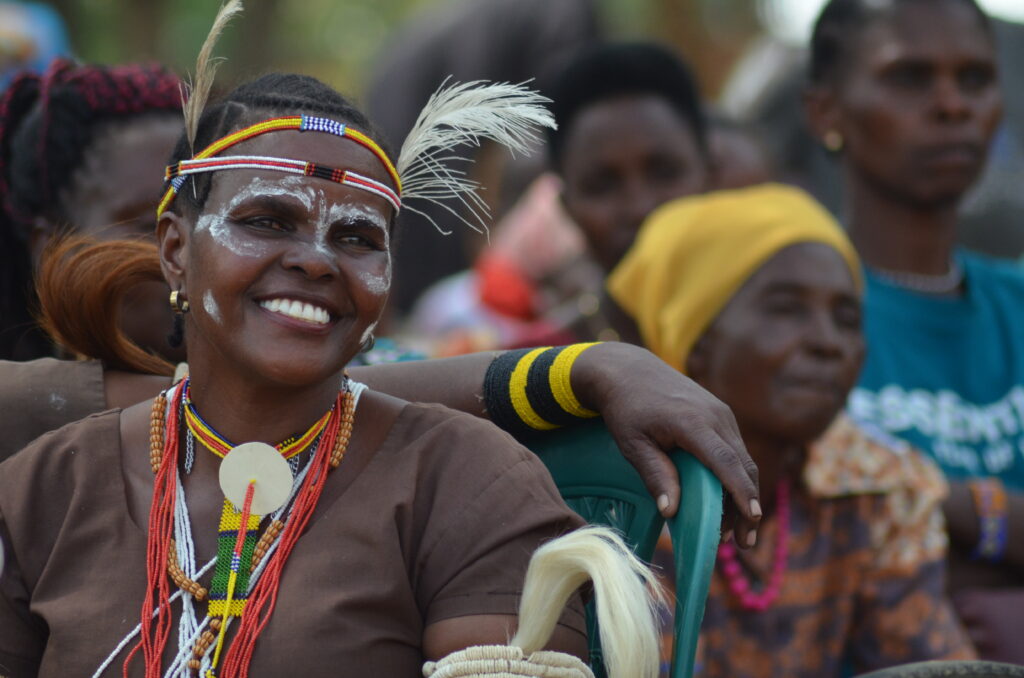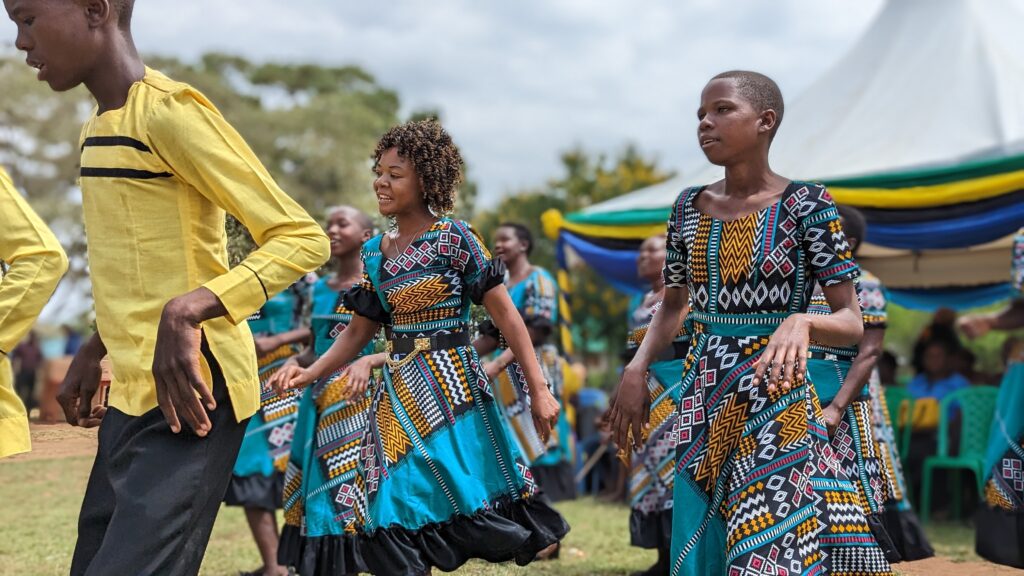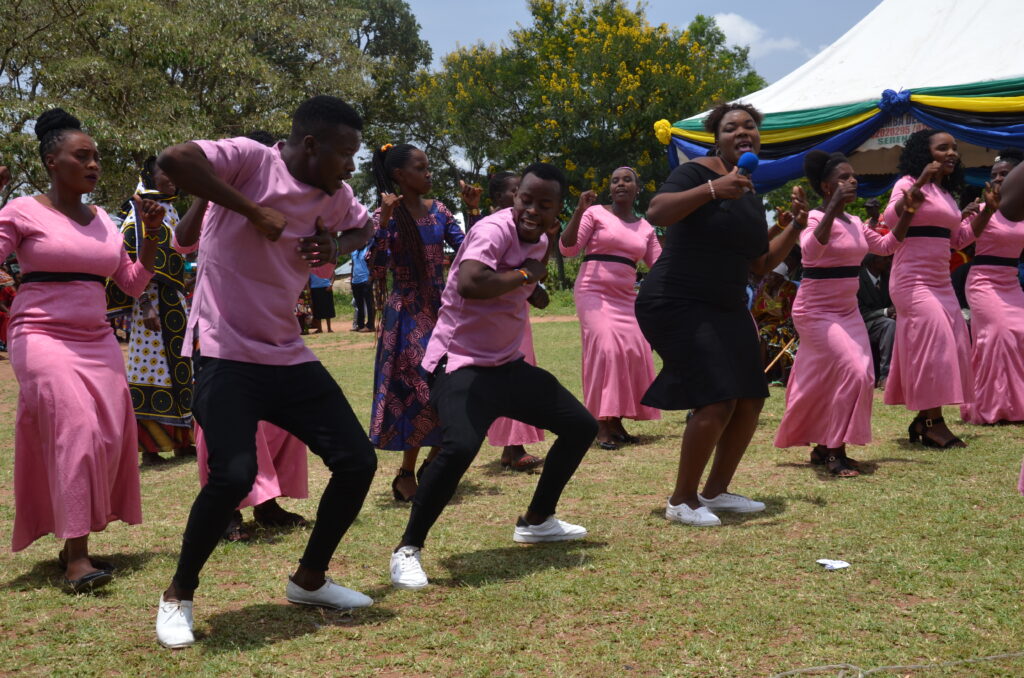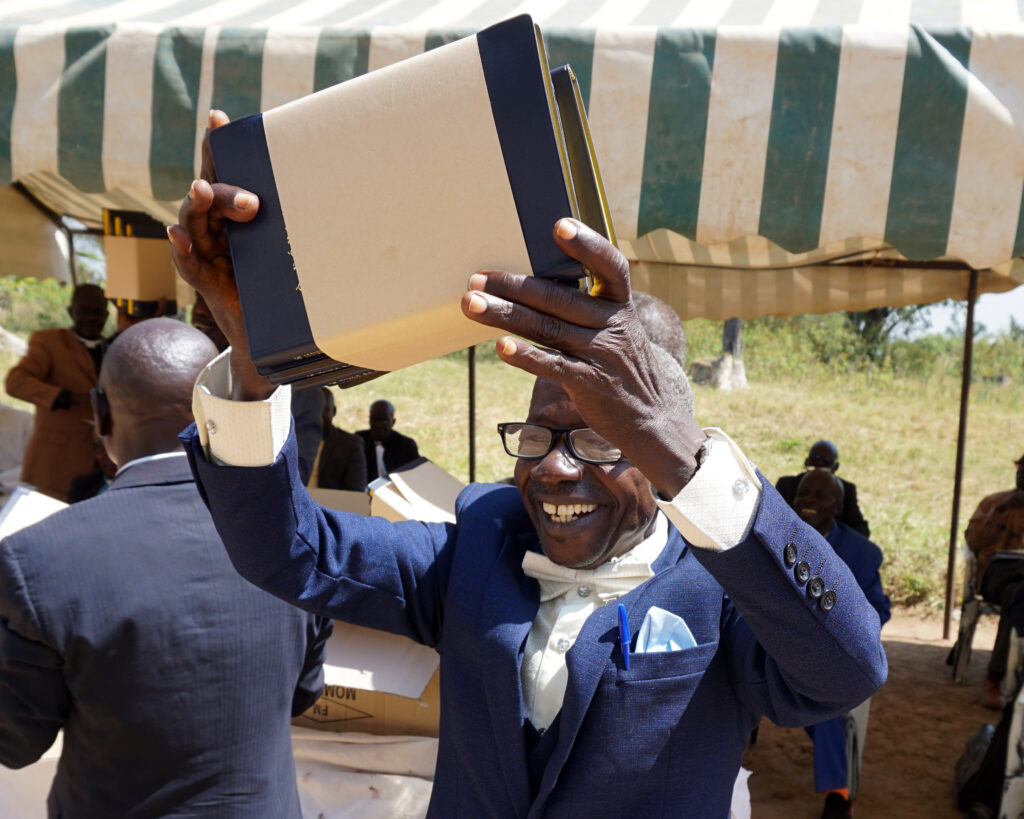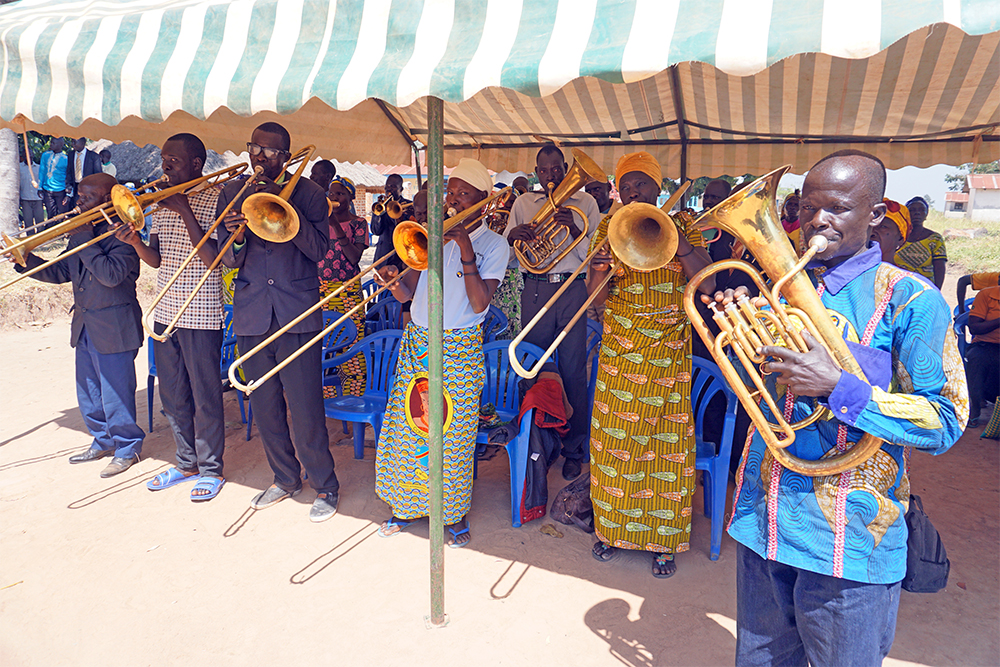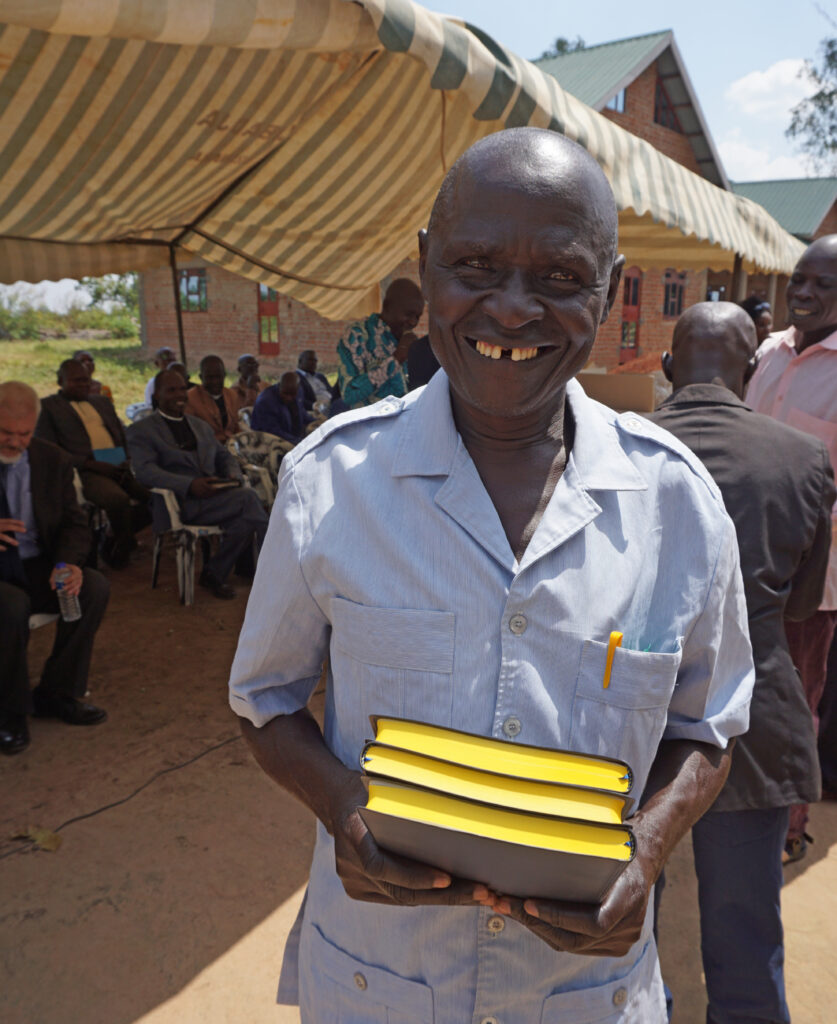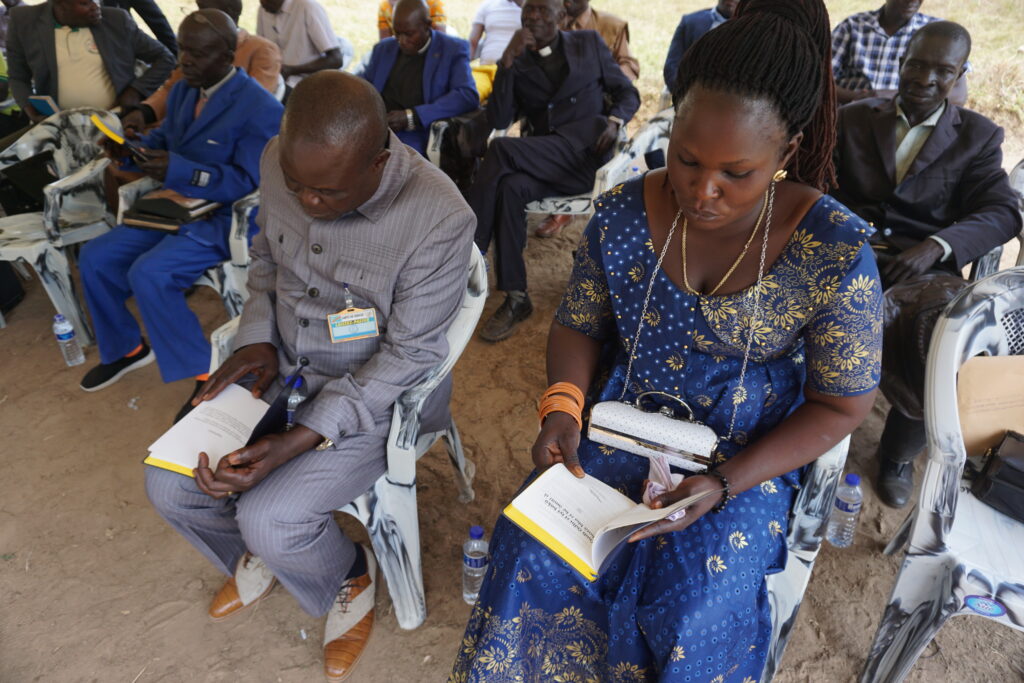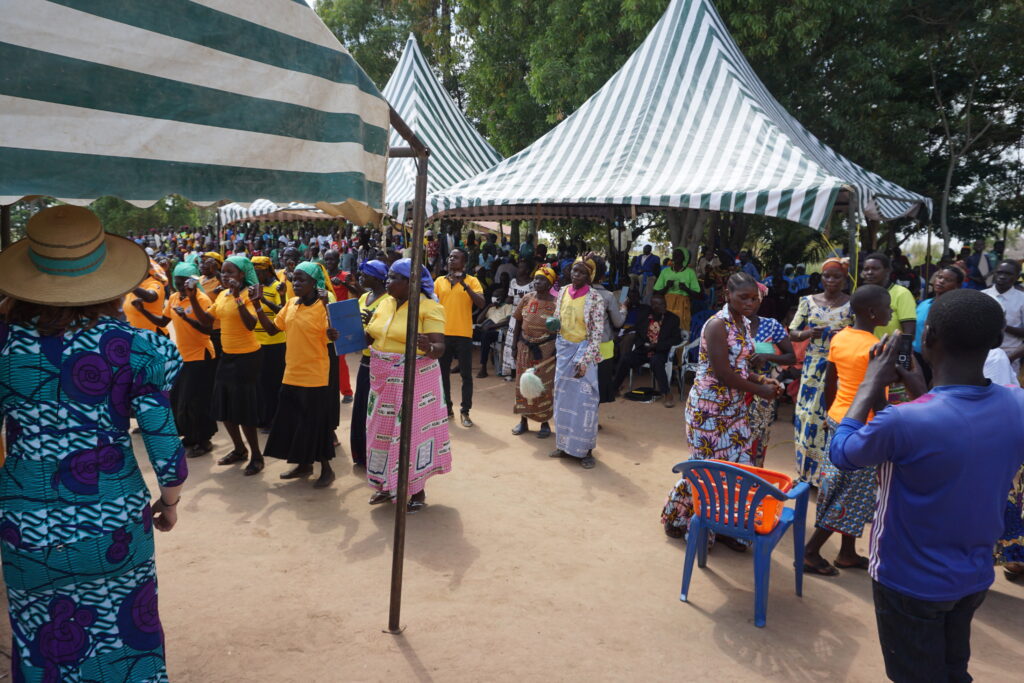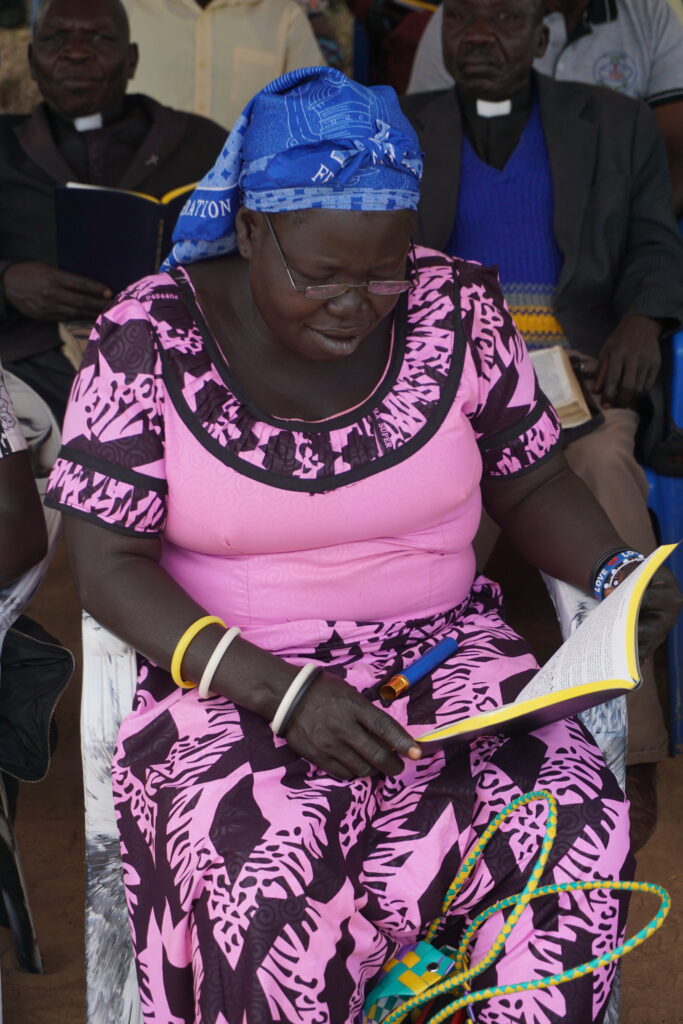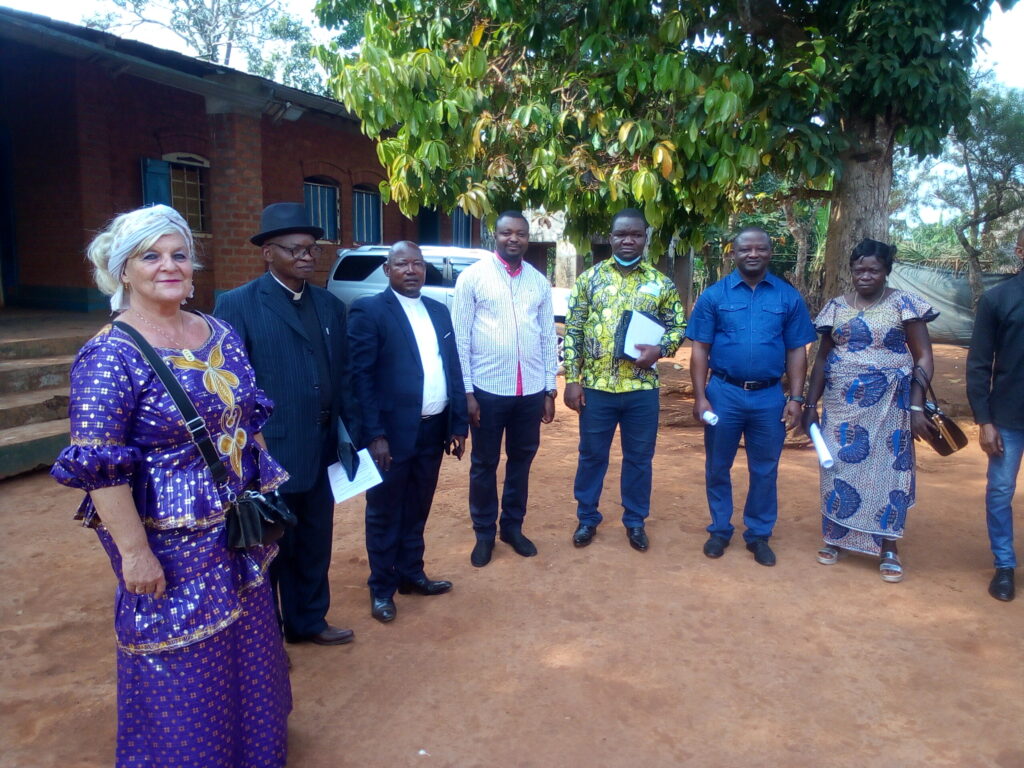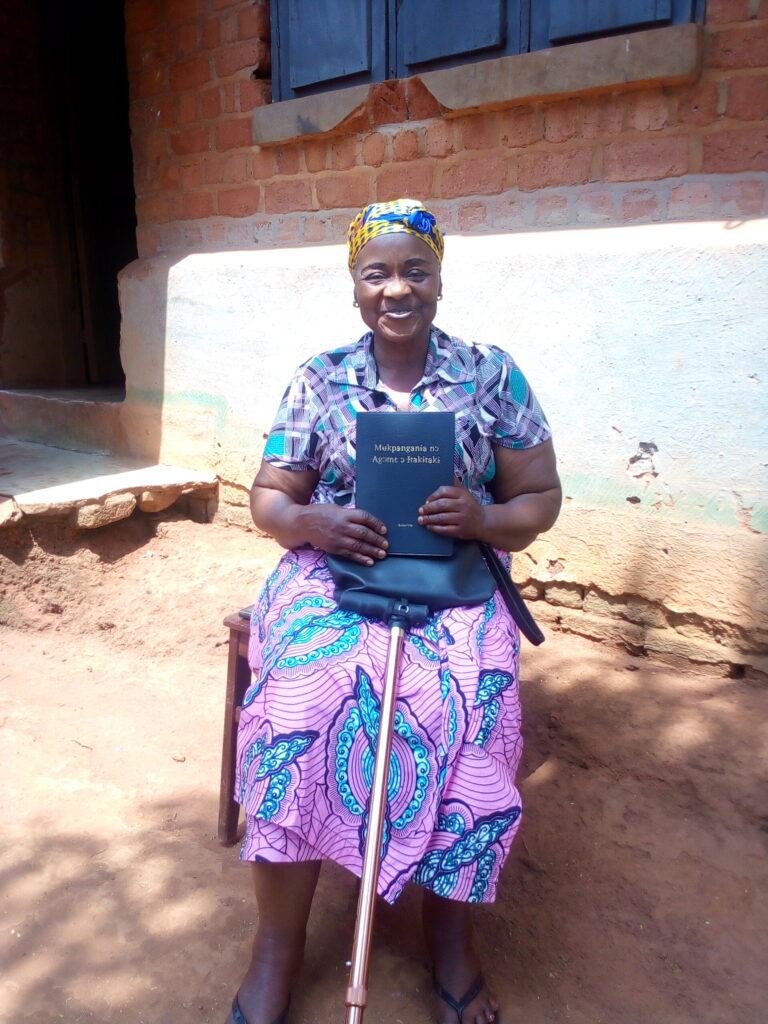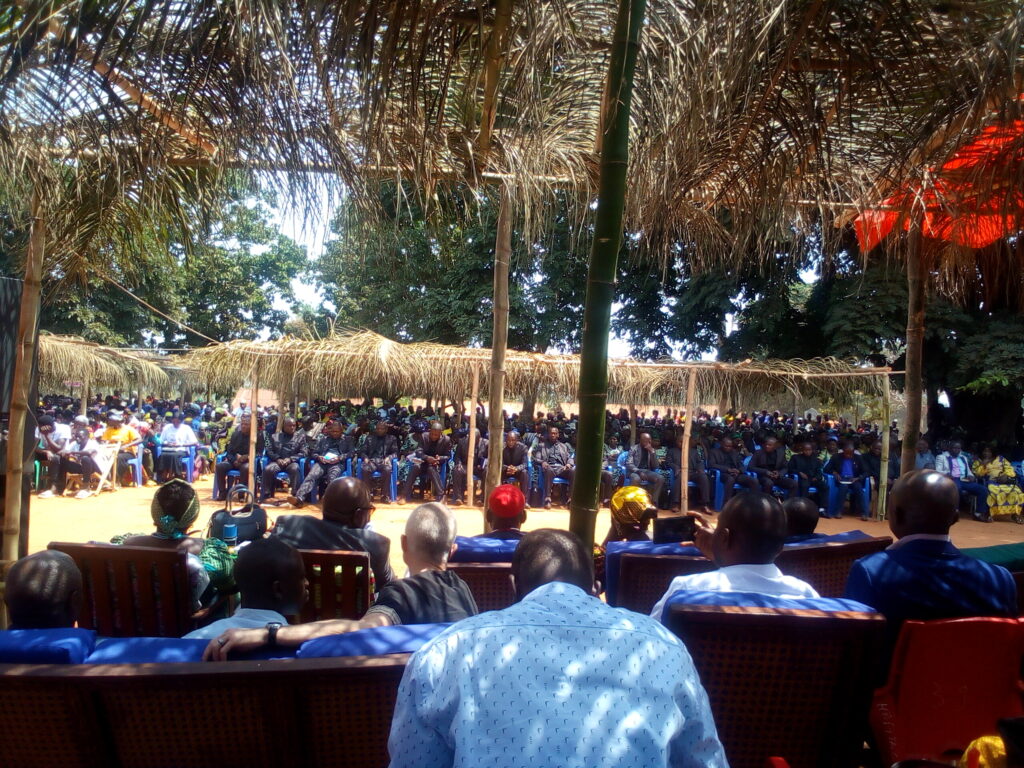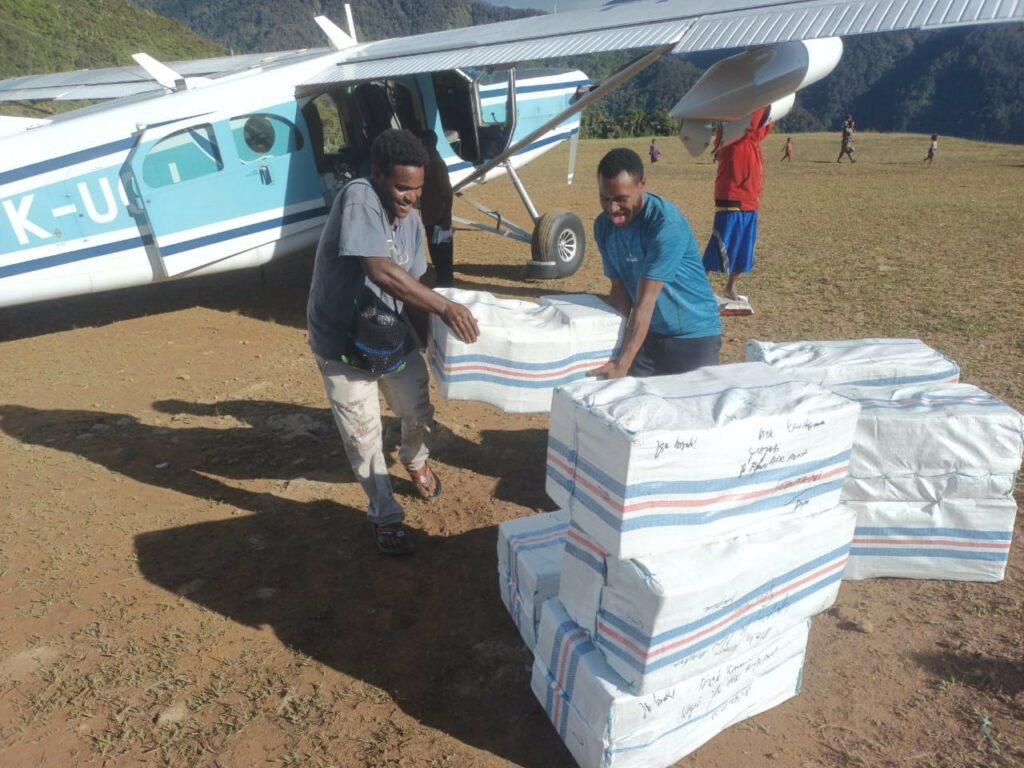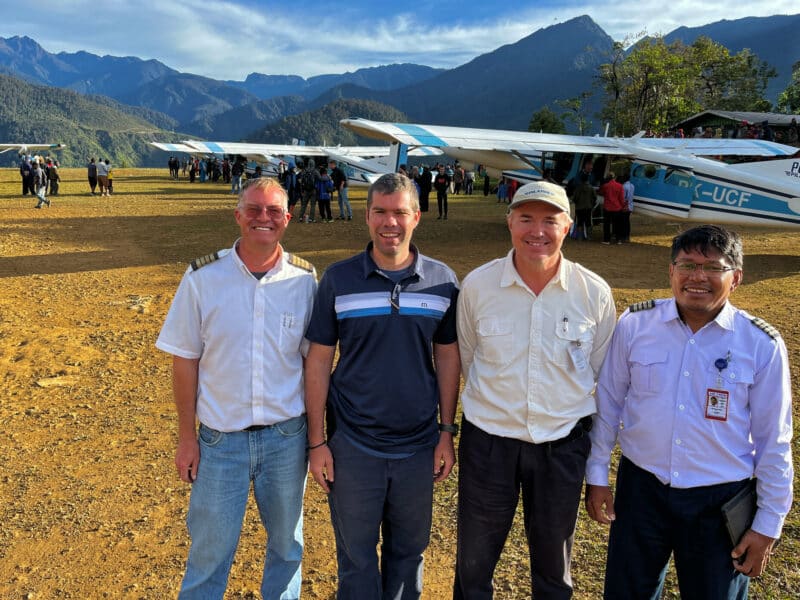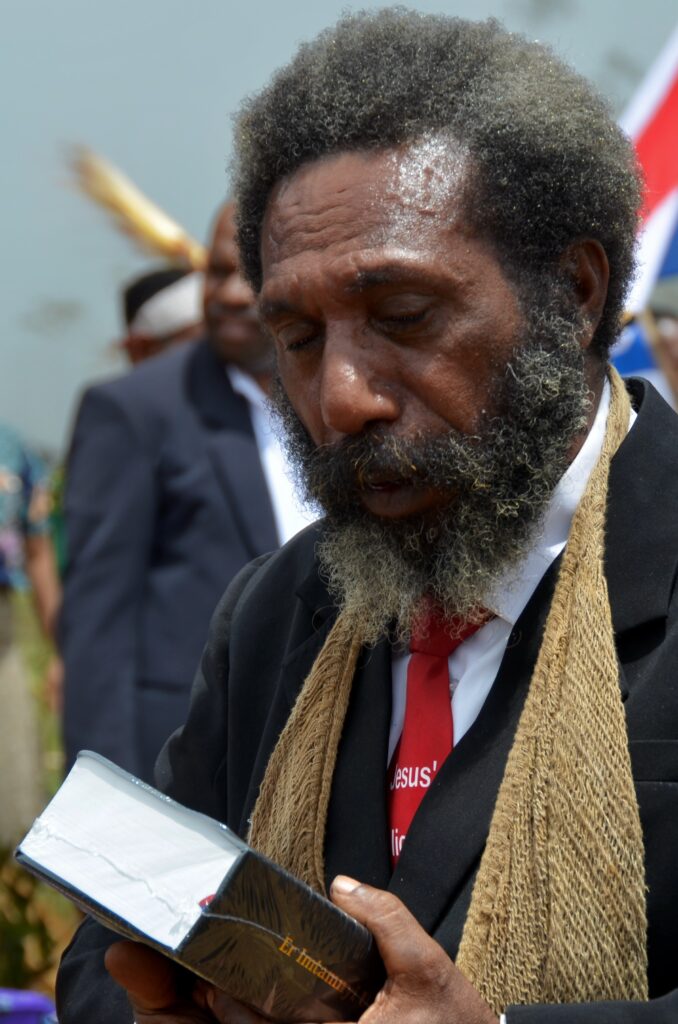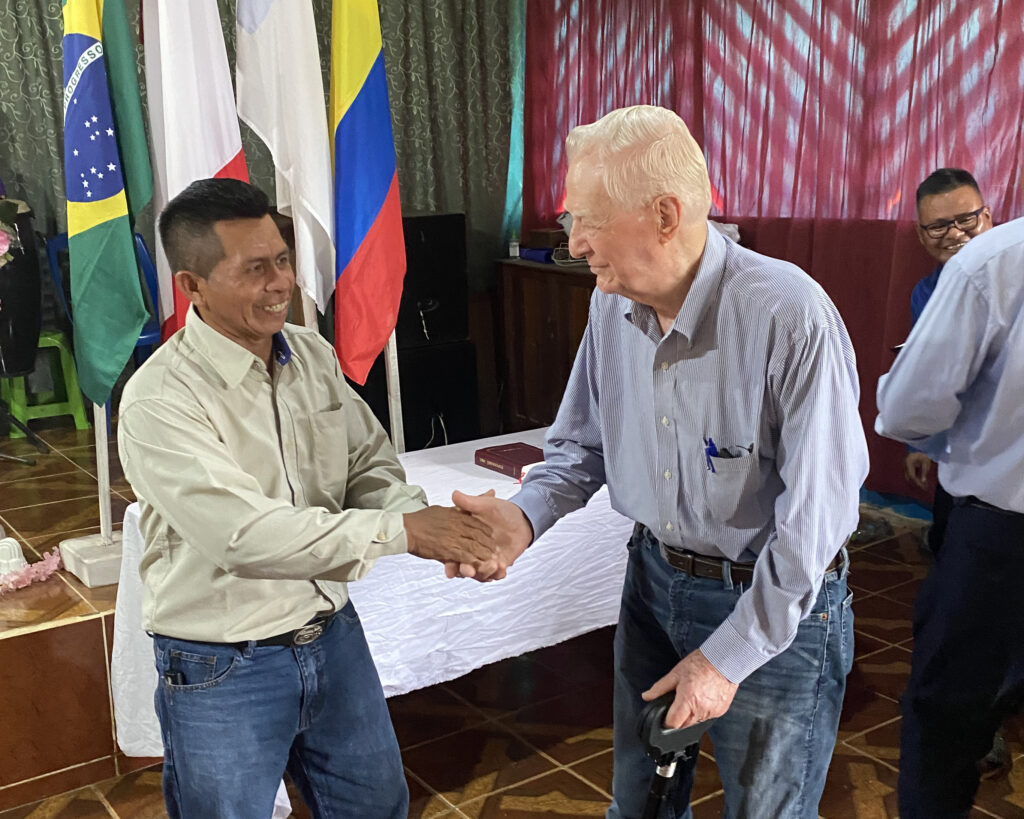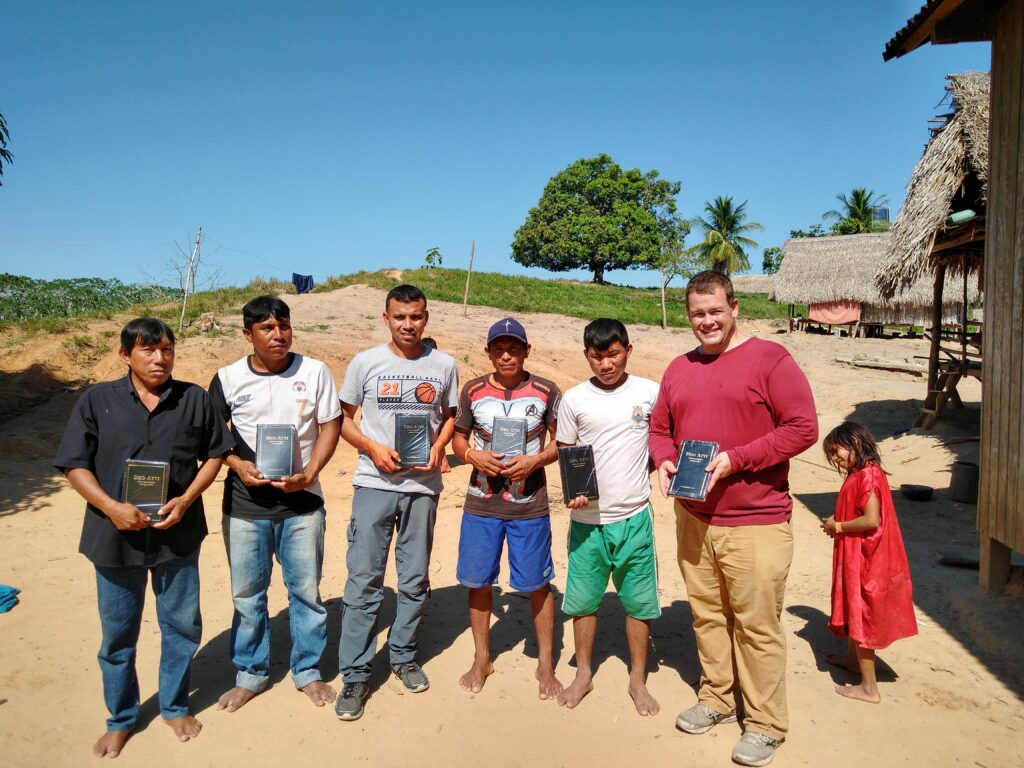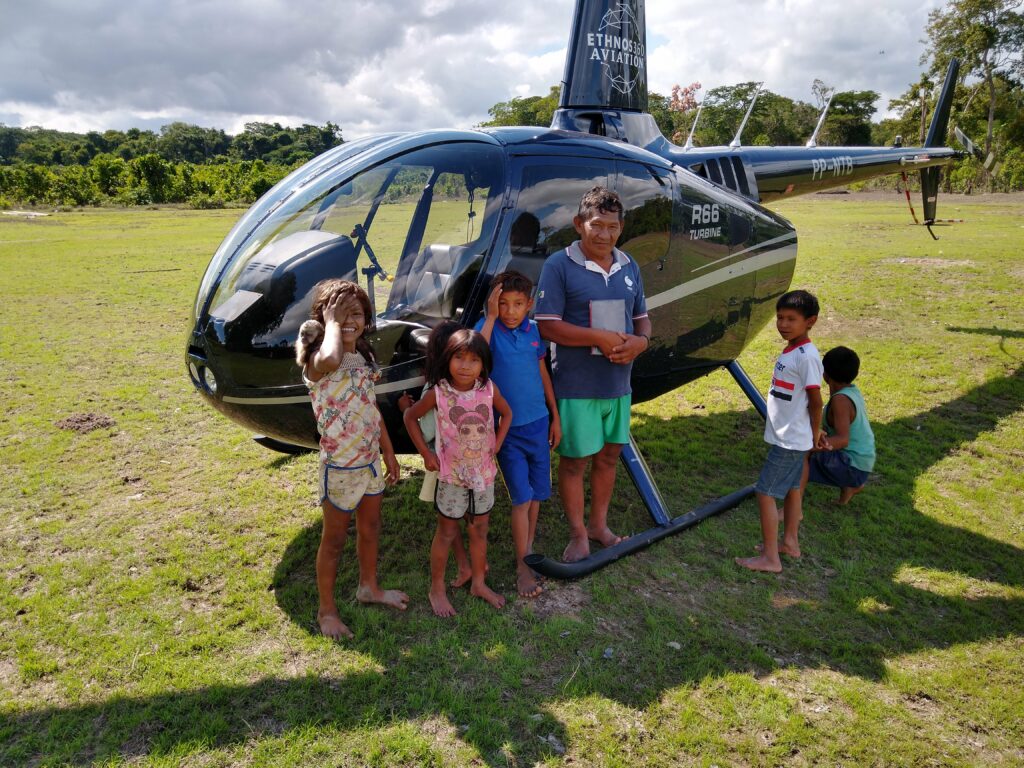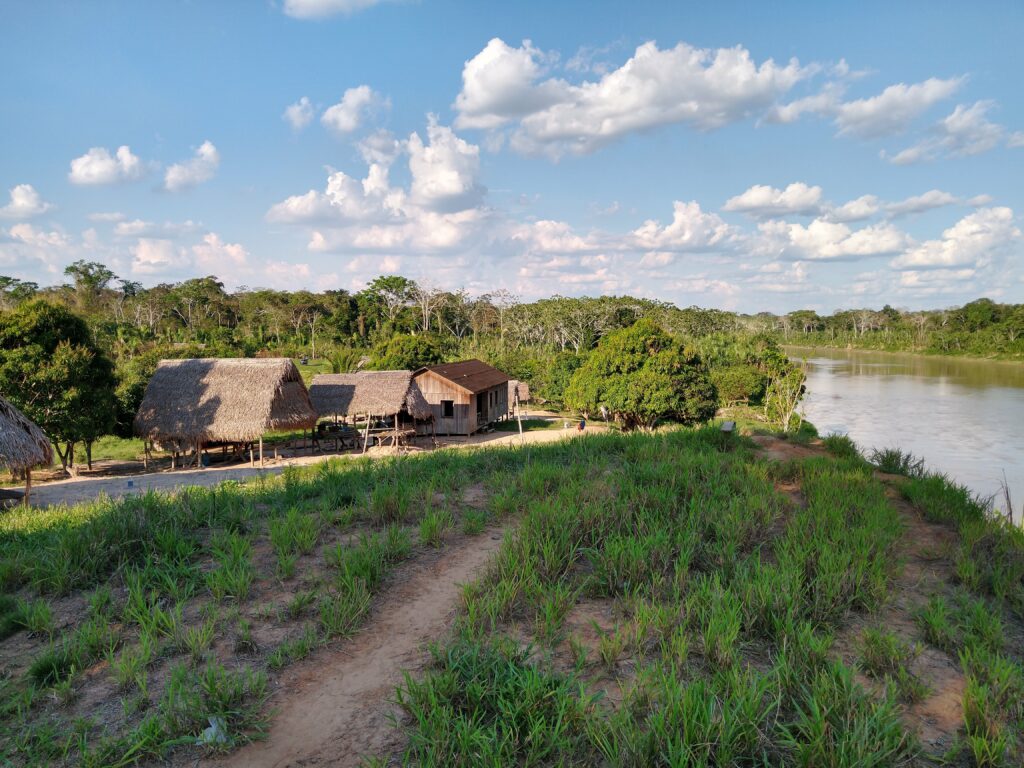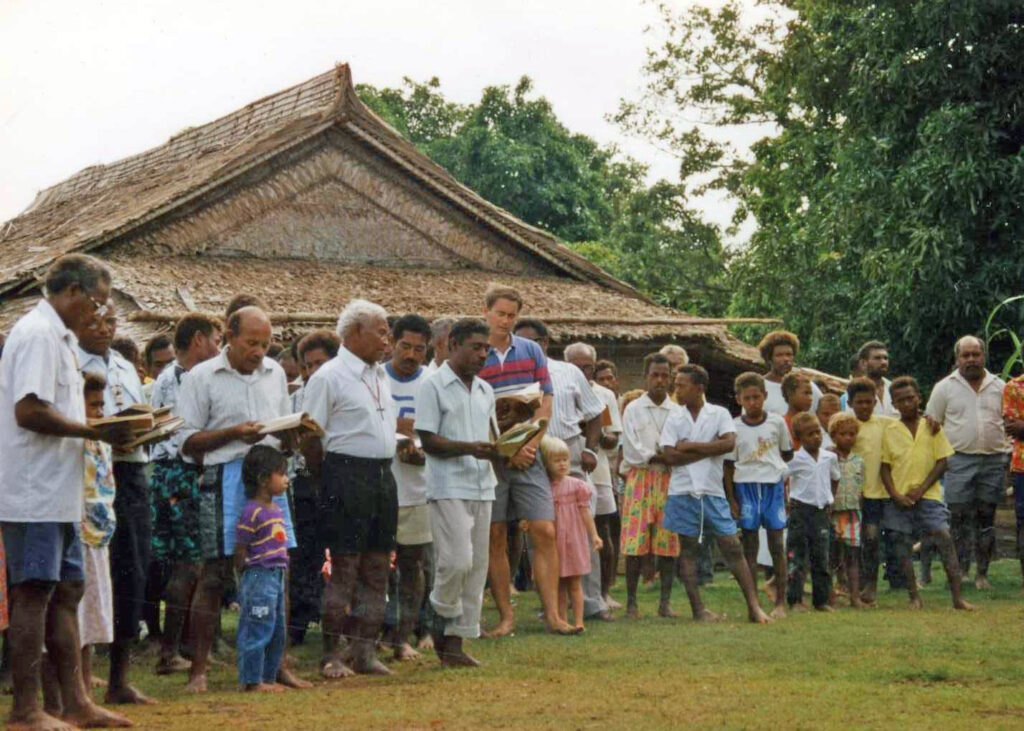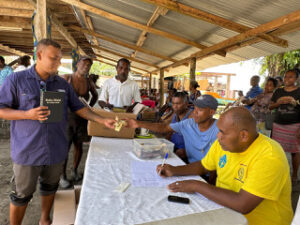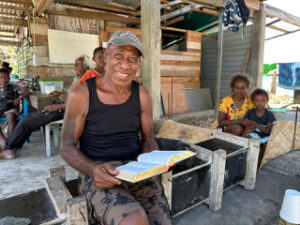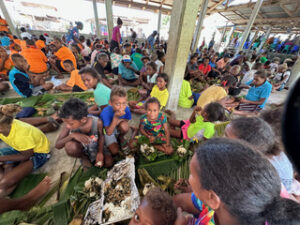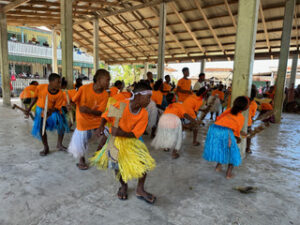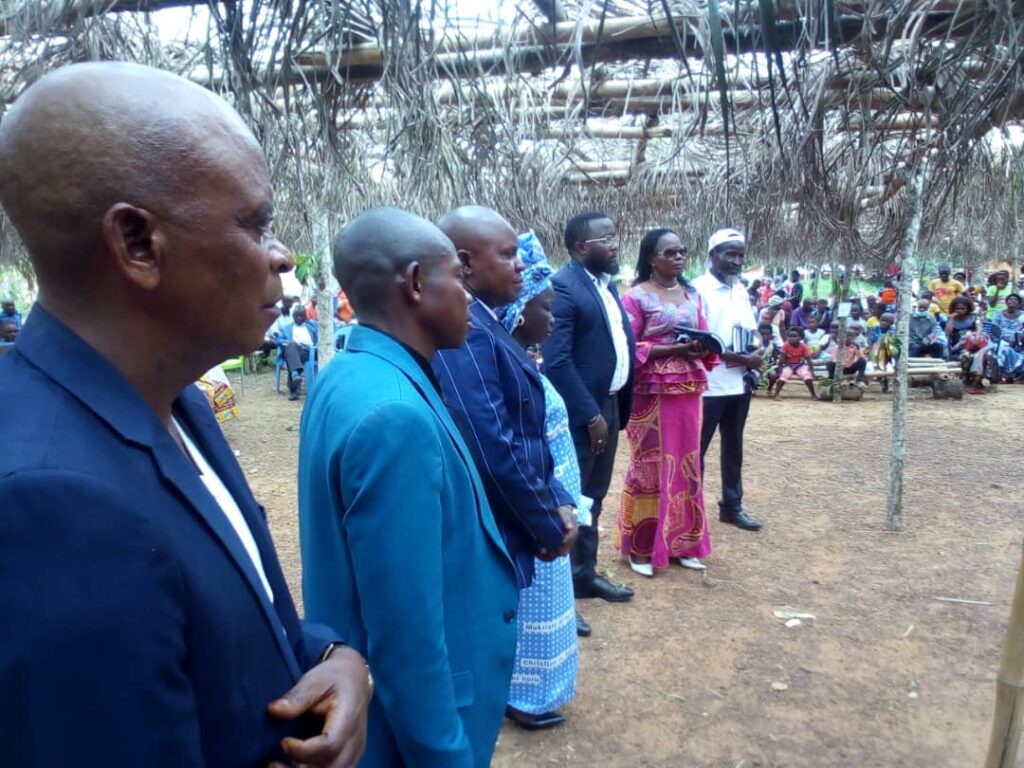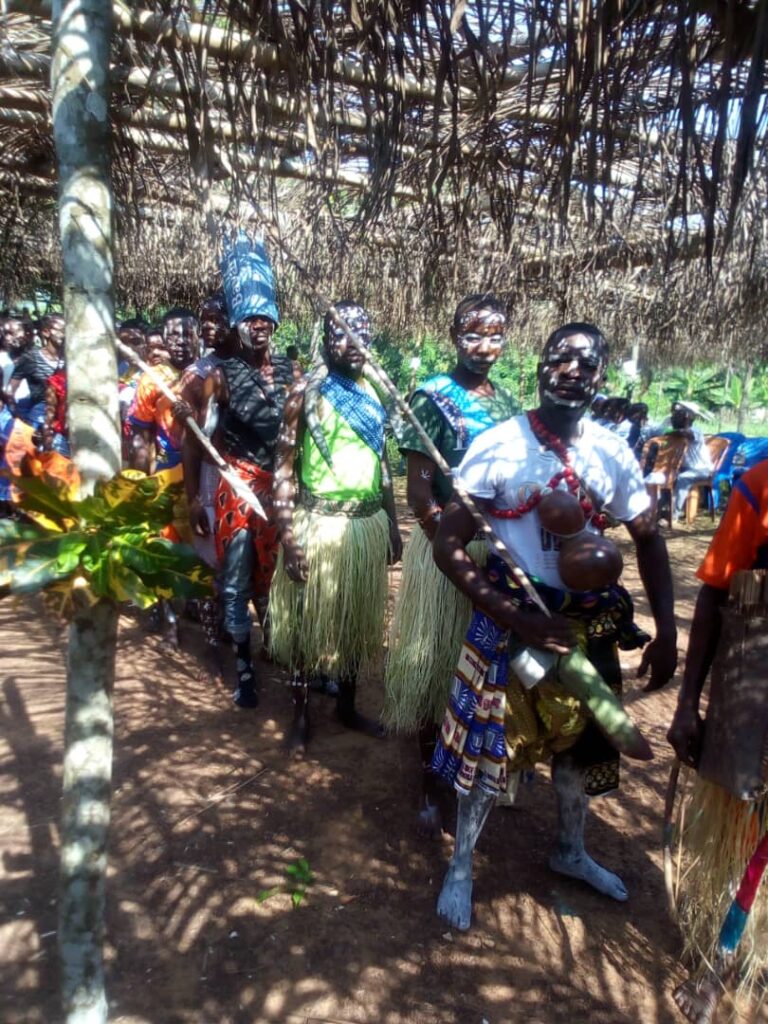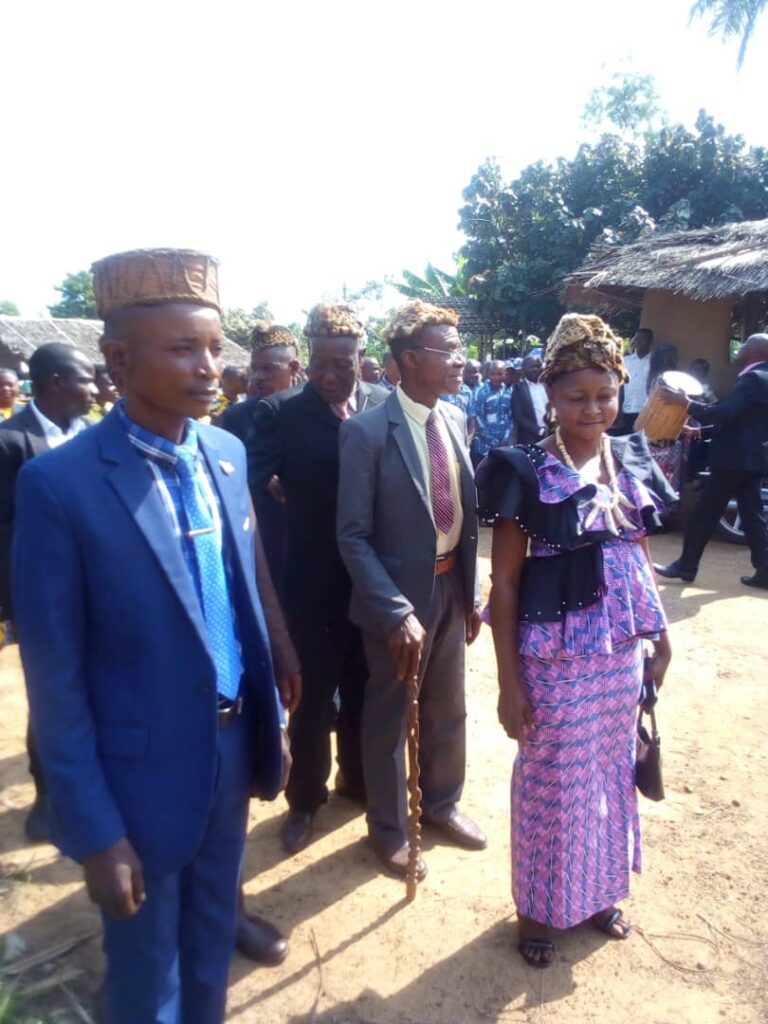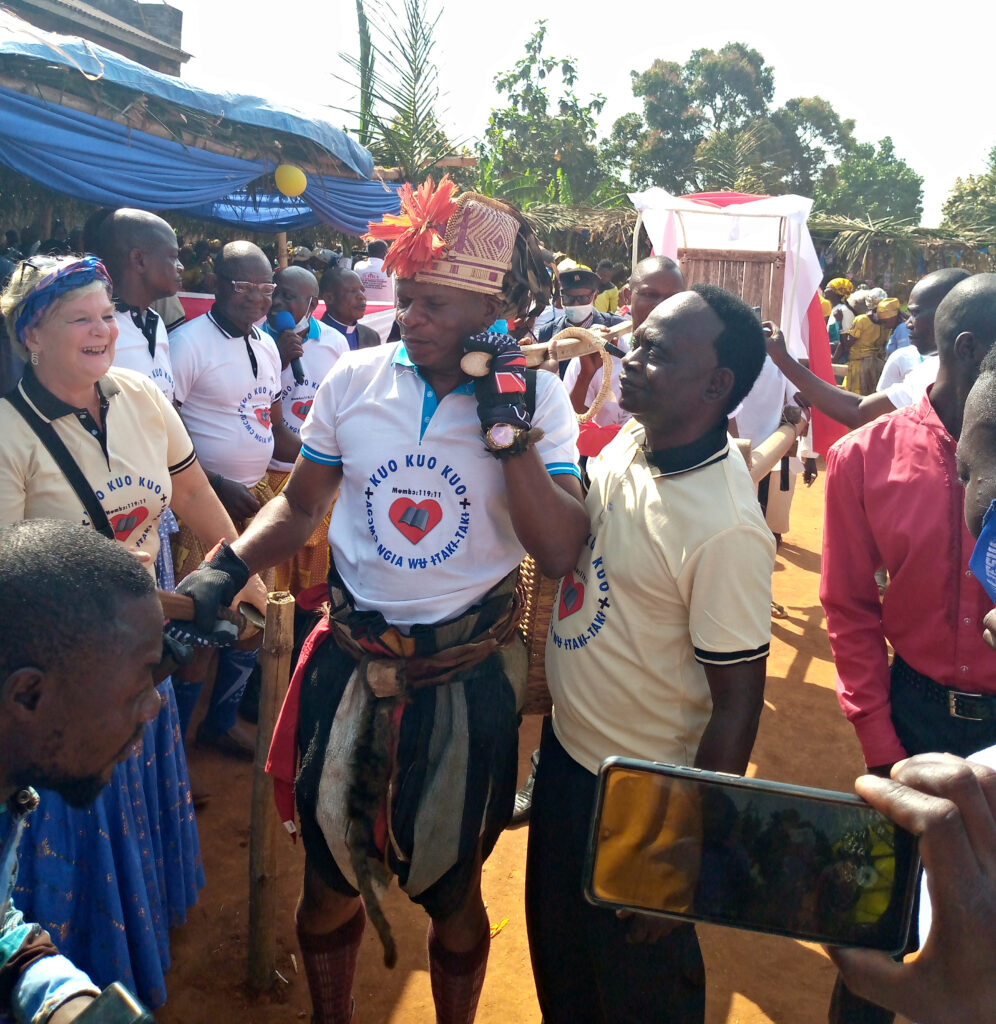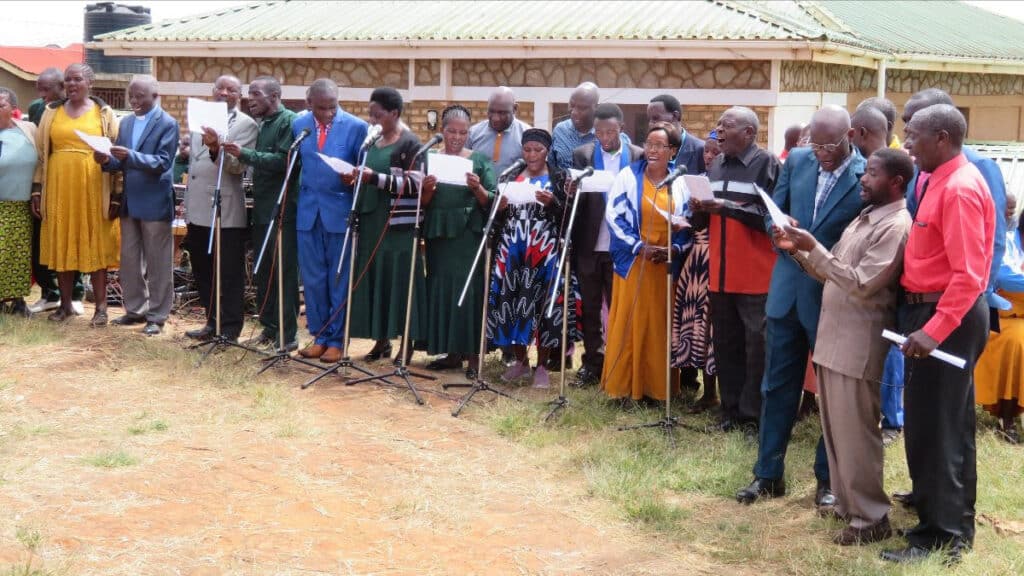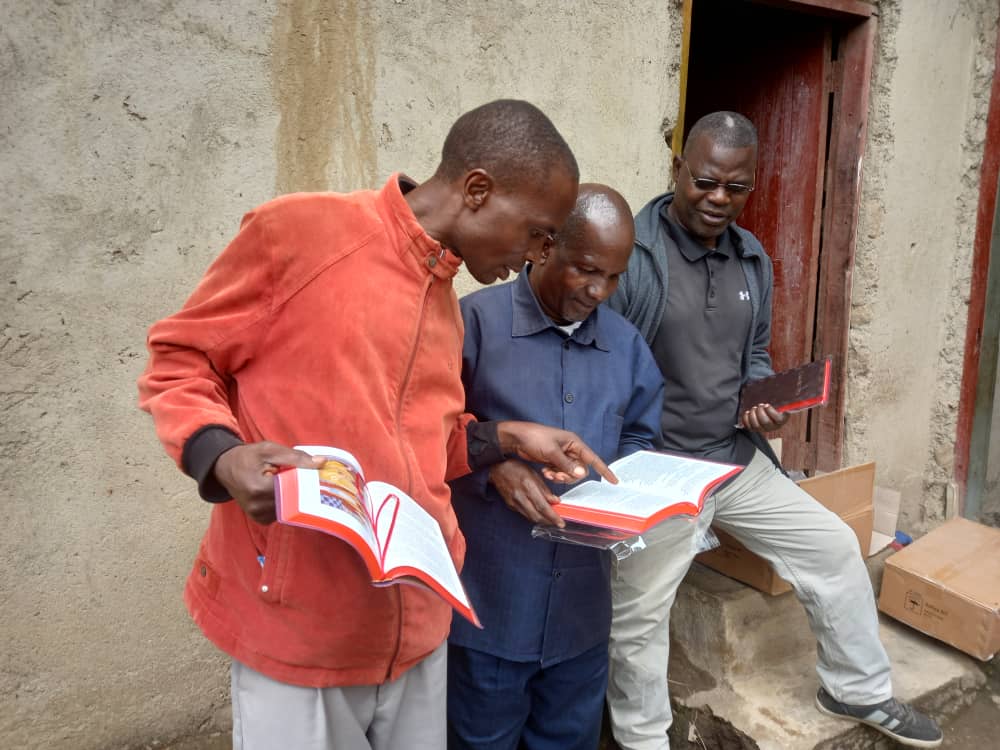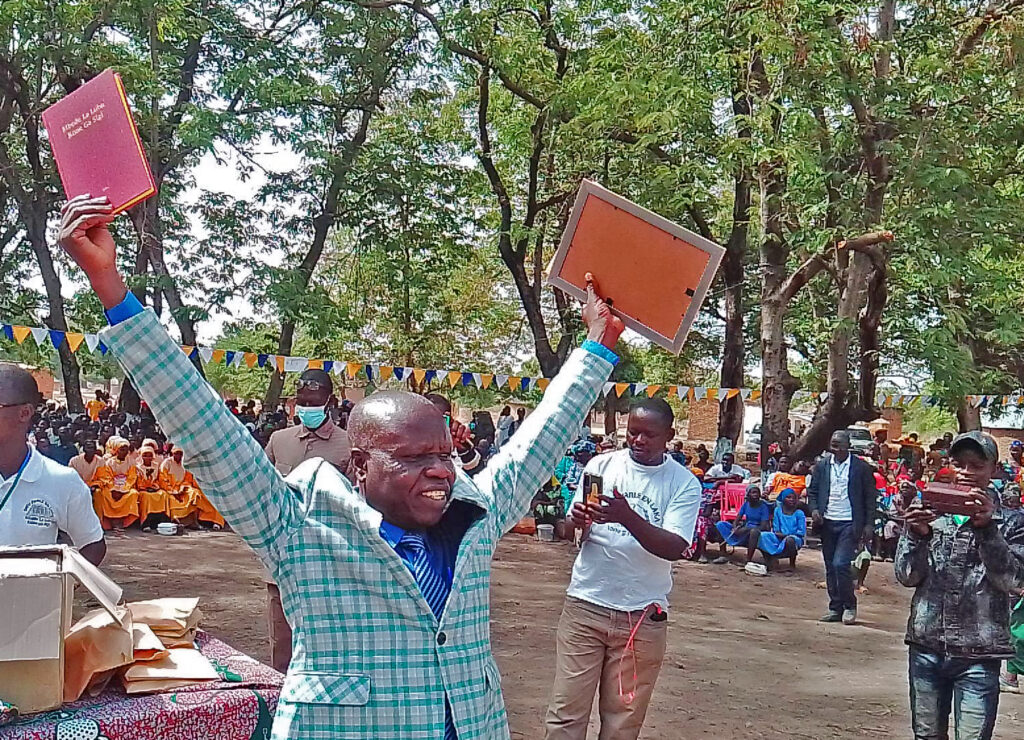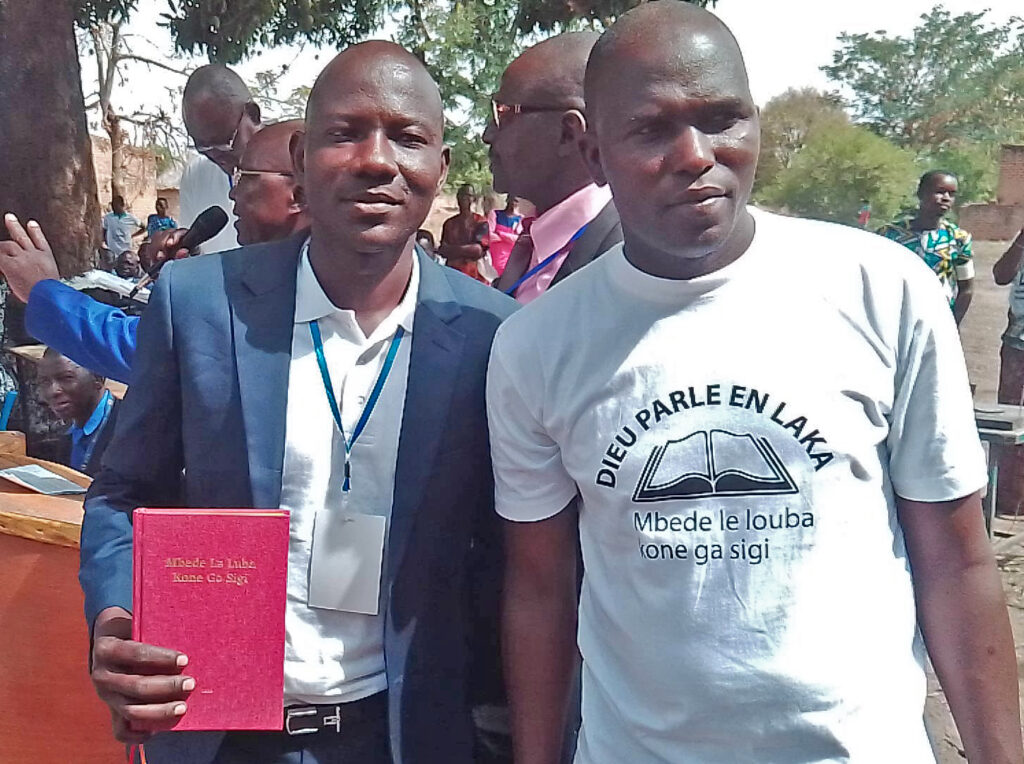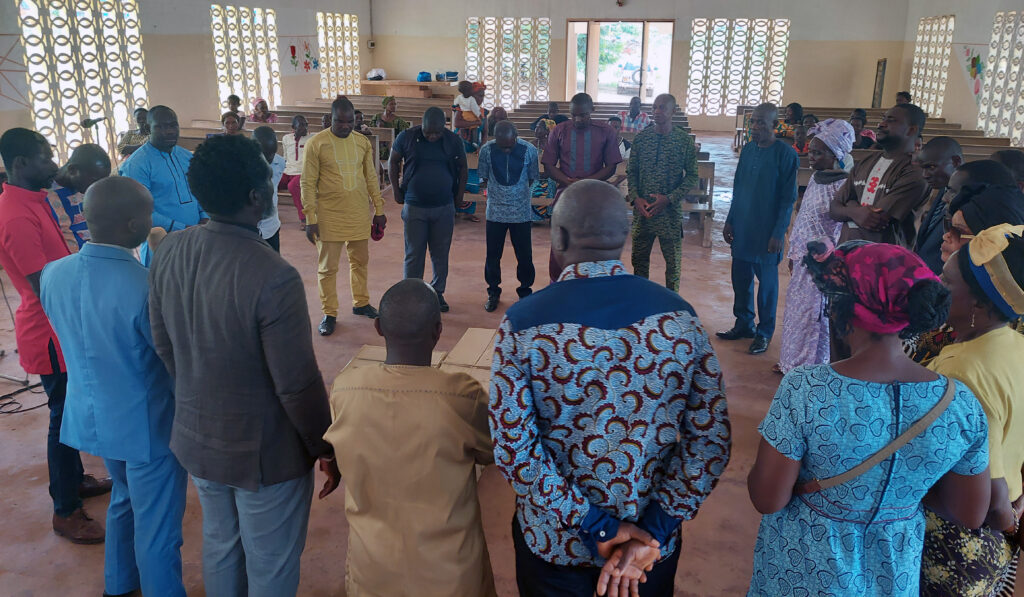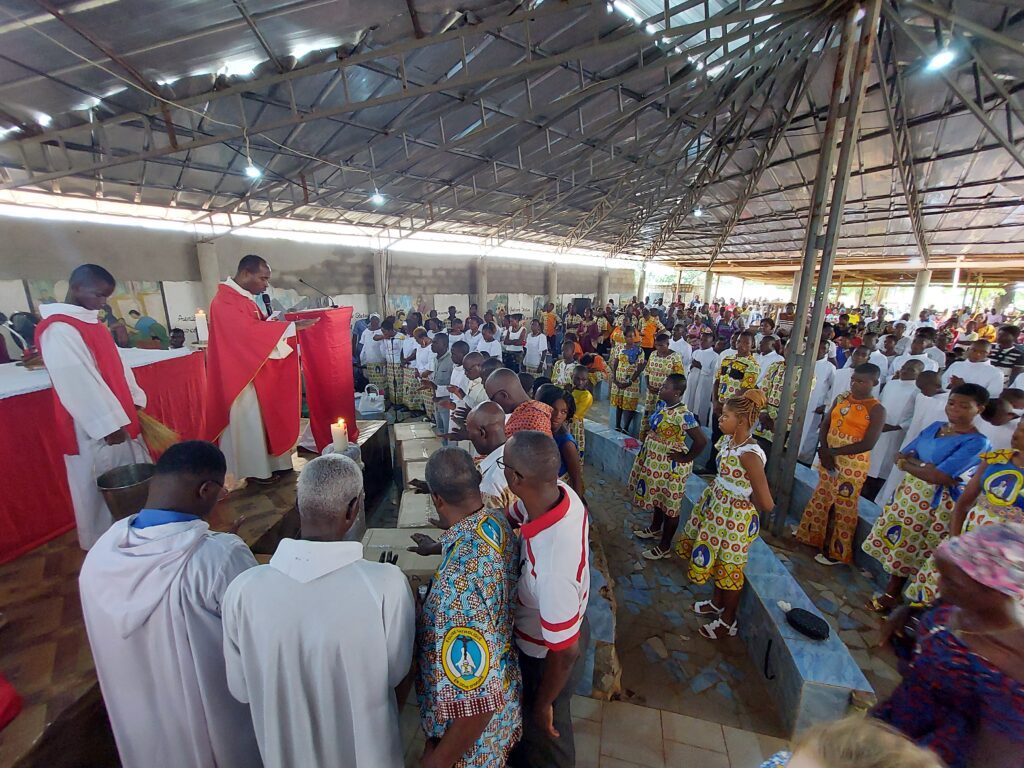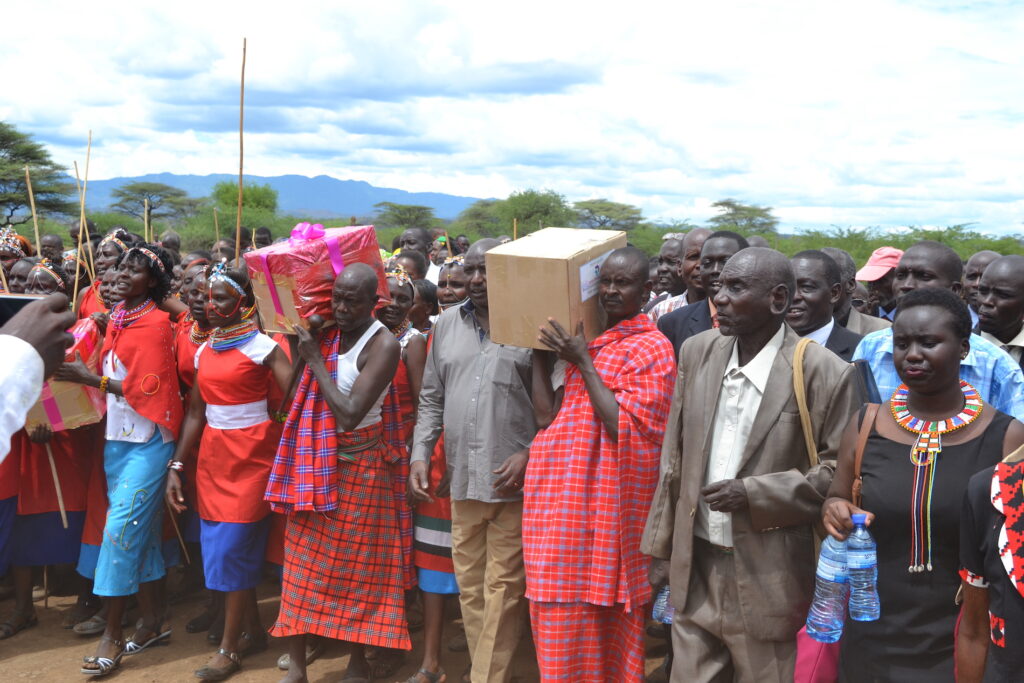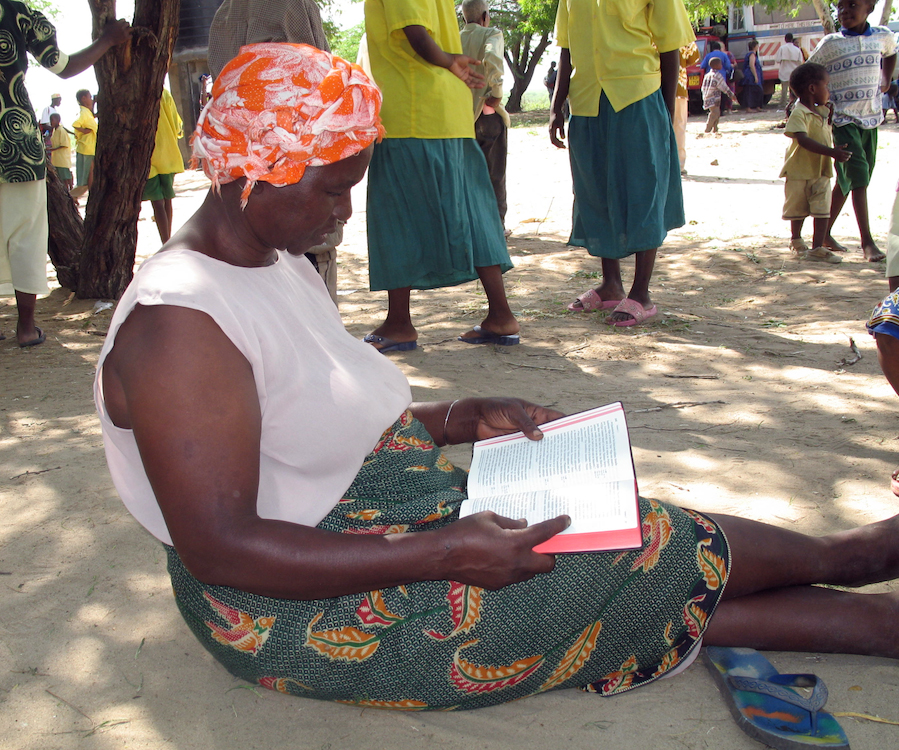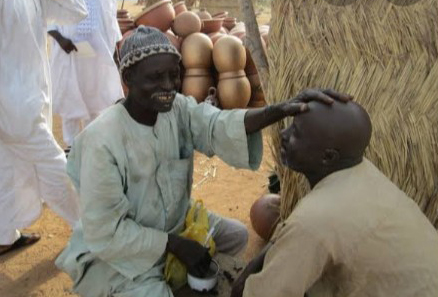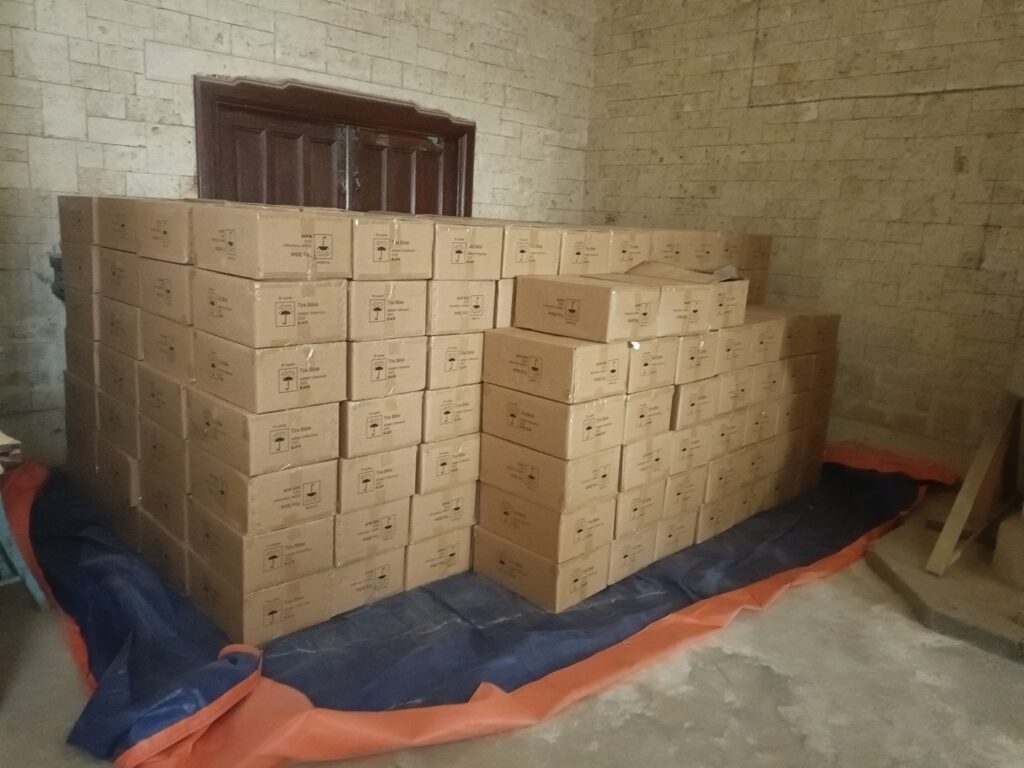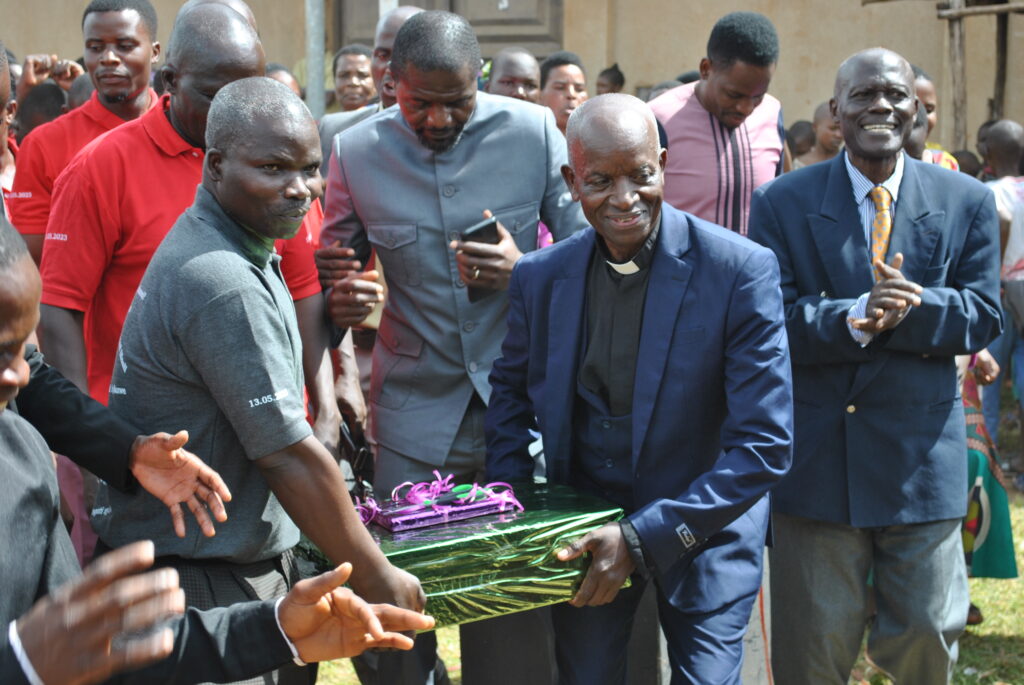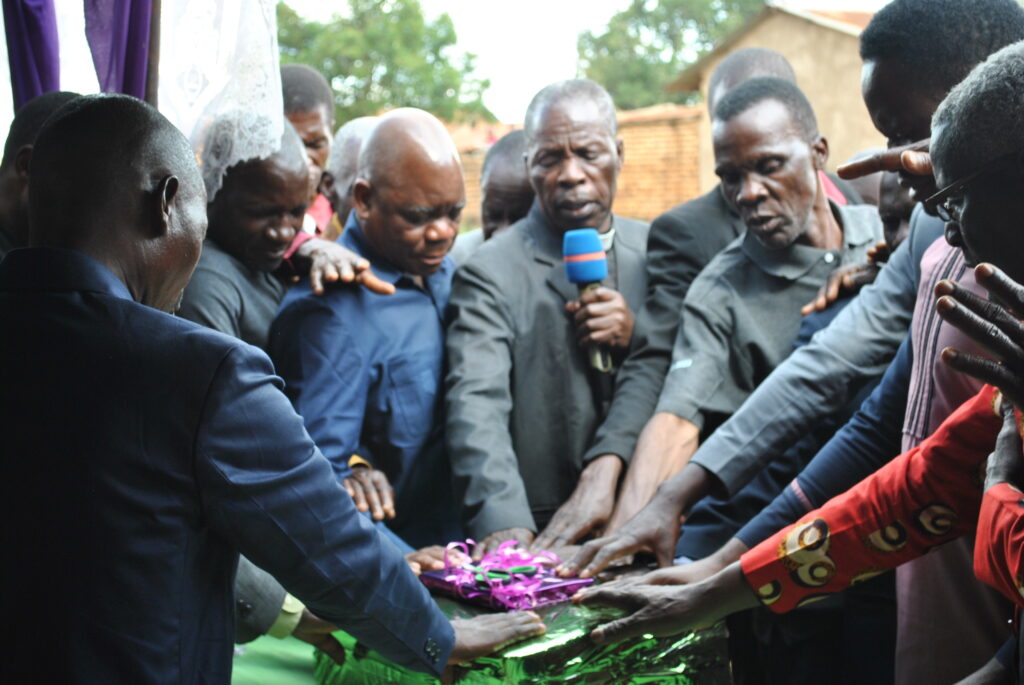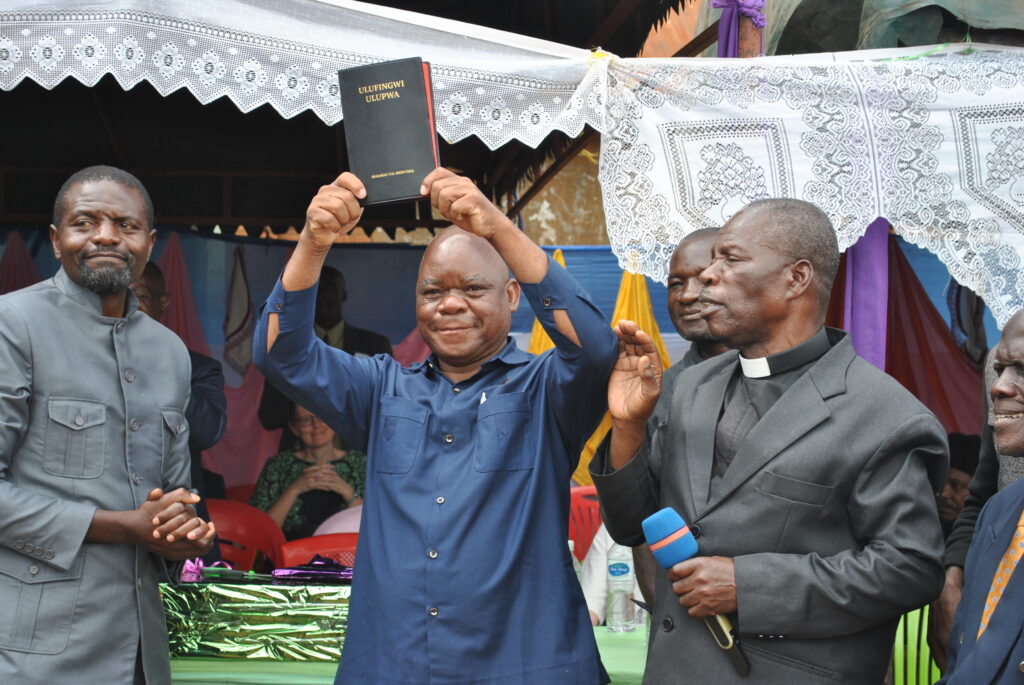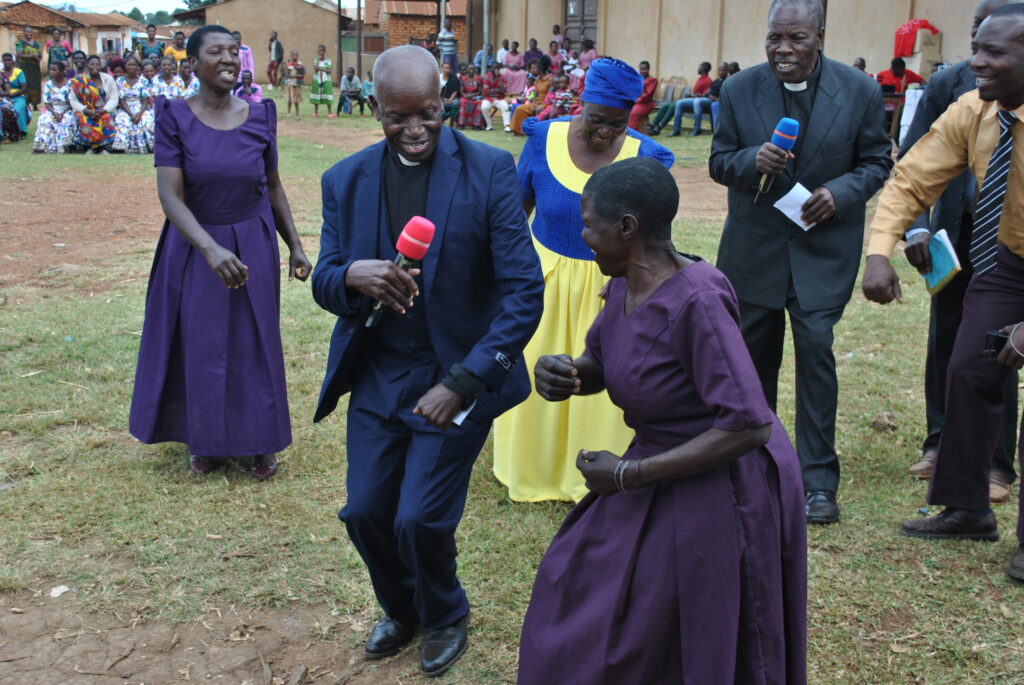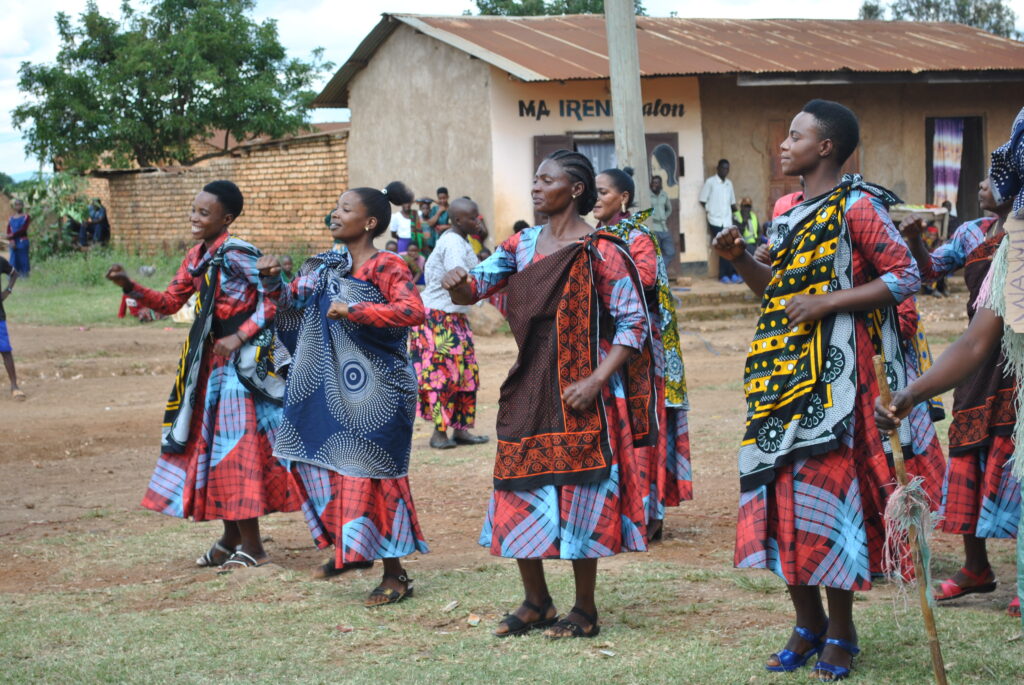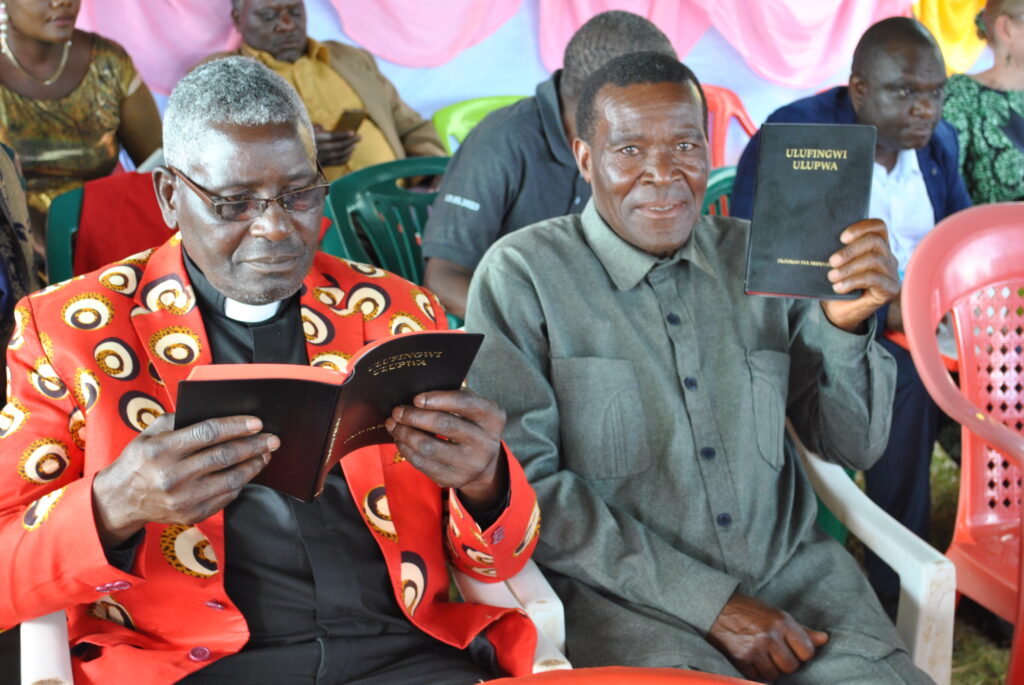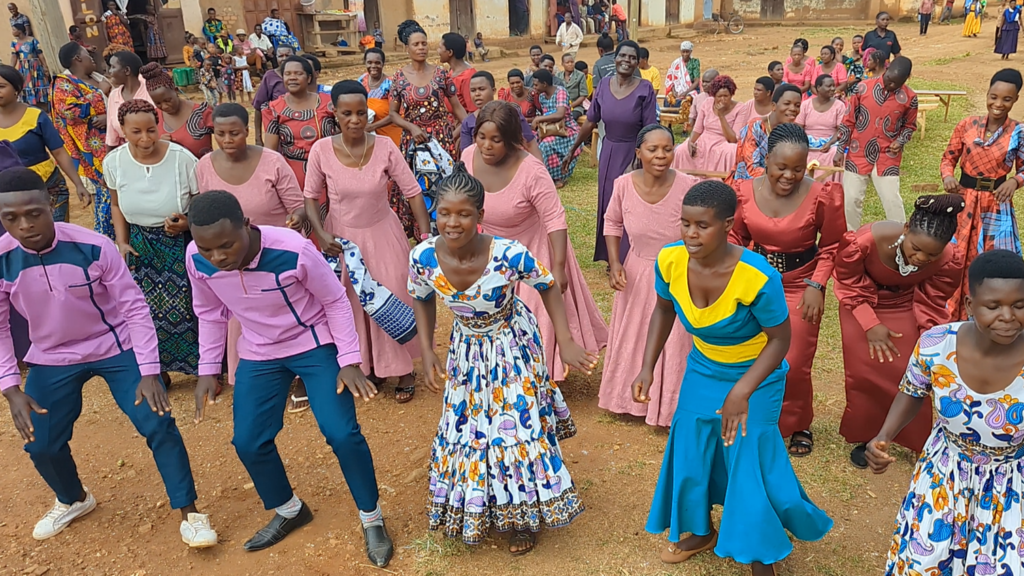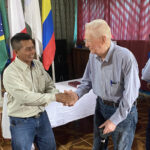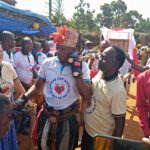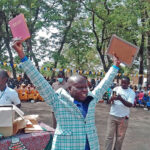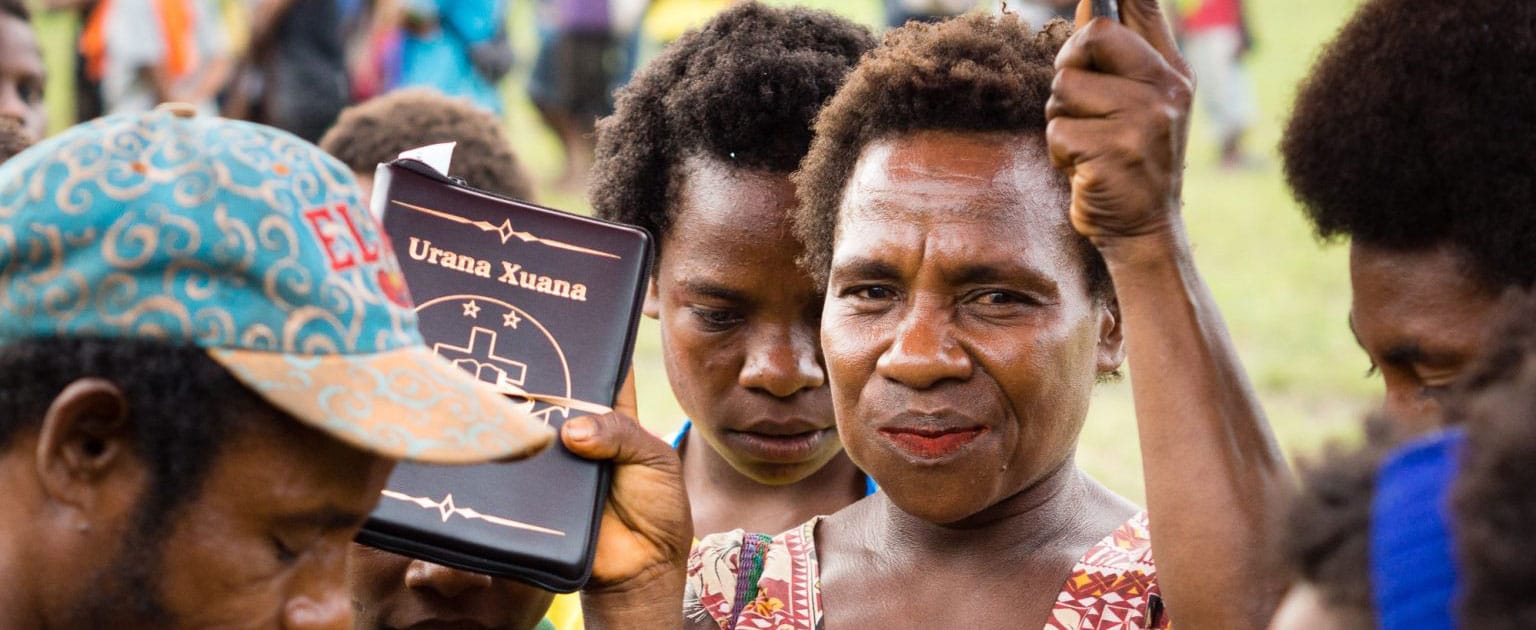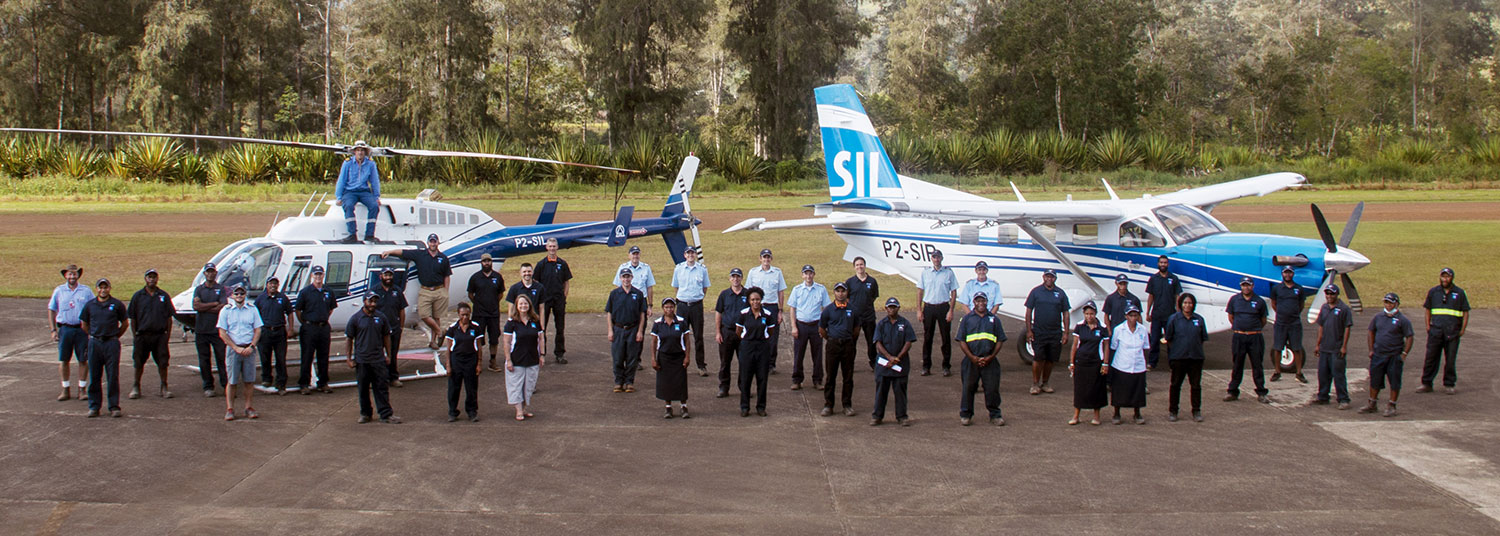Painting for Christ
Paul Wiedenfeld and Jim Rendel stood in the paint booth, respirators and masks adorning their faces. Jim picked up the paint sprayer and misted the helicopter parts in the middle of the booth with blue paint. Paul and Jim were prepping these parts from our new R66 helicopter for a customized paint job.
Our aviation training team made the decision to replace our piston-powered R44 with a turbine-powered R66, since all our overseas partners who operate helicopter programs now use turbine-powered aircraft. This much-needed resource will help our training team to provide better preparation to missionary pilots and mechanics who will fly or work on turbine-powered aircraft at their field assignments. Previously, they had to train in a piston helicopter at JAARS and undertake turbine transition training elsewhere before going to their overseas assignments.
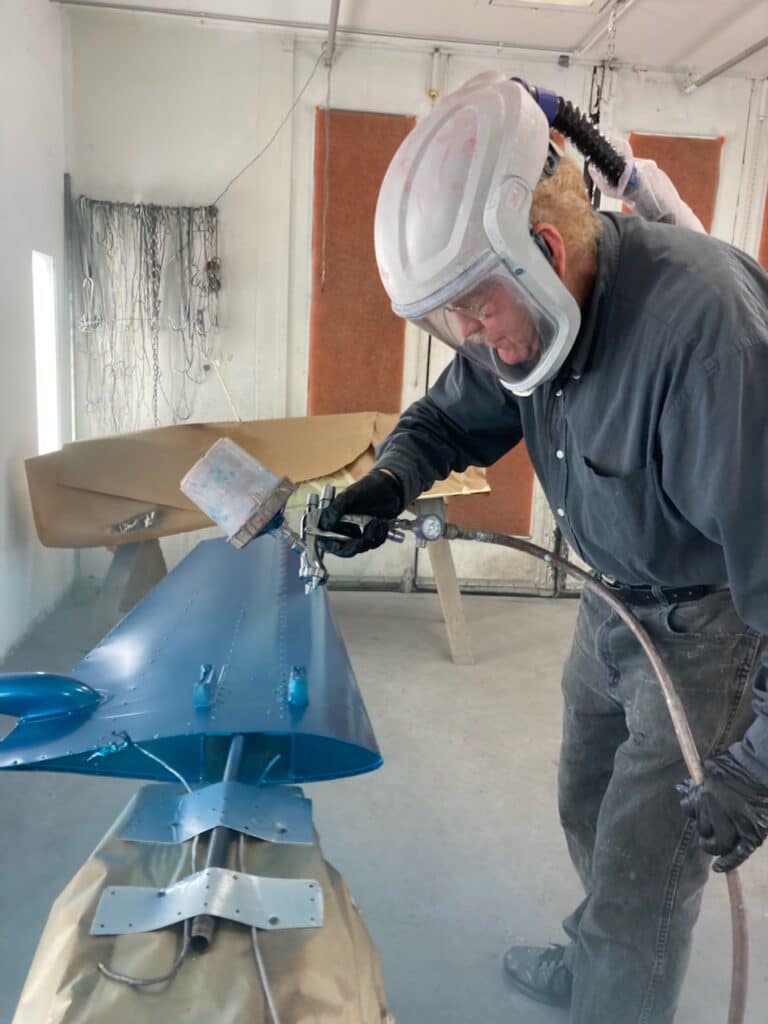
The new helicopter arrived at JAARS from California last October. The first task was obvious: the helicopter was completely white, not the colors of JAARS.
The team originally planned to send the helicopter to MMS Aviation in Coshocton, Ohio, to have it painted because MMS has a large paint booth that would have accommodated the helicopter. However, unforeseen circumstances meant the helicopter had to be painted at JAARS by Jim, Paul, Dallas Glick, and John Troyer, among others. They had to remove some parts from the R66 to paint them in the small paint booth.
All the painters are pilots or mechanics, or both. Jim is retired from SIM, but he’s an expert in painting aircraft. Paul expressed his appreciation for that expertise during the painting process, saying that Jim “uses [knowledge] that you can’t really read in a book, just things that he’s learned through experience.”
The team painting the helicopter faced challenges—a small paint booth and dust particles and bugs that settled in the paint. However, God helped them overcome these obstacles; they completed the paint job, and the R66 moved along to the next phase of preparation for service.
The next tasks for the team included the installation of a V2 tracker and an Emergency Locator Transmitter (ELT). A V2 tracker, a satellite device, can track an aircraft’s location at all times. The ELT senses the impact of a crash and sends an emergency signal. The ELT also can send out location information and specific data about who was involved in the crash. Its GPS function is designed to survive a major impact.
Finally, the team completed several test and instructor proficiency flights with the R66 to ensure it was fully ready for service. Its first official use in JAARS aviation training will be during the 2022 Pre-Field Orientation, an important program that prepares missionary pilots and mechanics for their field assignments.
Paul said of the R66 project: “It’s exciting to be involved with preparing the turbine helicopter to [help] train the pilots for turbine operations on the field.” He loved having a part in the process and believes the new helicopter will help make a difference in the lives of unreached people around the world.
Pray that the helicopter will be a wonderful blessing for missionary pilots in training!
More Photos:
